Leopard geckos are fascinating and unique reptile companions, but like any pet, they can face health challenges. One concerning condition that reptile parents might encounter is dry gangrene in the tail.
In this blog, we'll delve into what dry gangrene is, how it differs from tail necrosis, and crucial steps for responsible reptile care.
*If you notice signs of dry gangrene in your gecko's tail, consult a vet right away. It is crucial for accurate diagnosis and effective treatment.
Dry Gangrene vs. Tail Necrosis: What's the Difference?
1. Understanding Tail Necrosis: Tail necrosis refers to the death of tissue in the tail, often caused by injury or infection. It manifests as discoloration, swelling, and potential complications. Tail necrosis can result from trauma, such as entanglement or injury during handling, and infections that compromise tissue health.
2. Defining Dry Gangrene: Dry gangrene, on the other hand, is a specific type of tissue death that arises from impaired blood circulation to a particular area. In leopard geckos, this can lead to a dry, shriveled appearance. Unlike wet gangrene, dry gangrene does not involve bacterial infection in the early stages.
3. Spotting the Differences: While both conditions involve tissue death, dry gangrene is distinguished by the lack of bacterial involvement and a characteristic dry appearance. Tail necrosis may result from various localized issues, while dry gangrene often indicates compromised blood flow.
Left: Dry Gangrene
Right:Tail Necrosis


Recognizing Dry Gangrene in Leopard Gecko Tails: Common Signs
Dry, Shrunken Appearance: Observe the tail for a dry and shriveled appearance, often accompanied by a distinct line separating dead and healthy tissue.
Changes in Color: Look for changes in color, such as a darkening or discoloration of the affected area.
Limited Mobility: A leopard gecko with dry gangrene may display reduced movement or sensitivity in the affected tail.
What to Do if You Suspect Dry Gangrene in Your Gecko's Tail
Seek Veterinary Care: If you notice signs of dry gangrene, consult a reptile veterinarian promptly for a thorough examination and accurate diagnosis.
Optimize Enclosure Conditions: While awaiting professional care, maintain optimal temperature, humidity, and use paper towel or premium reptile liner to keep the enclosure clean all the time.
Minimize Handling: Reduce stress by limiting handling, allowing your gecko to focus on healing.
Monitor Changes: Keep a close eye on the tail and overall behavior. Document any changes to assist the veterinarian in their assessment.
Conclusion
Understanding the nuances of dry gangrene and distinguishing it from tail necrosis is essential for responsible reptile parenting.
Prompt veterinary care is the best course of action if you suspect any health issues.

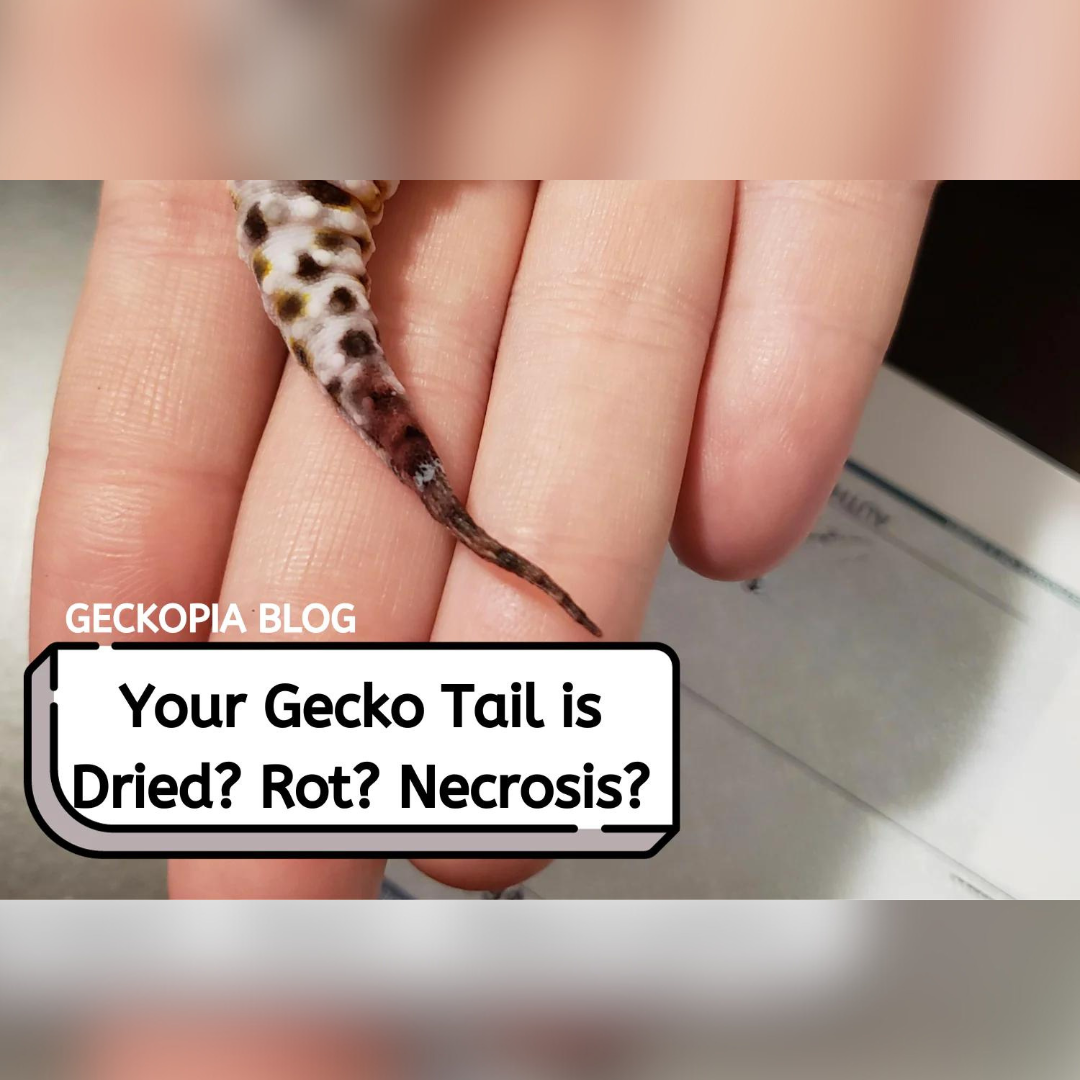


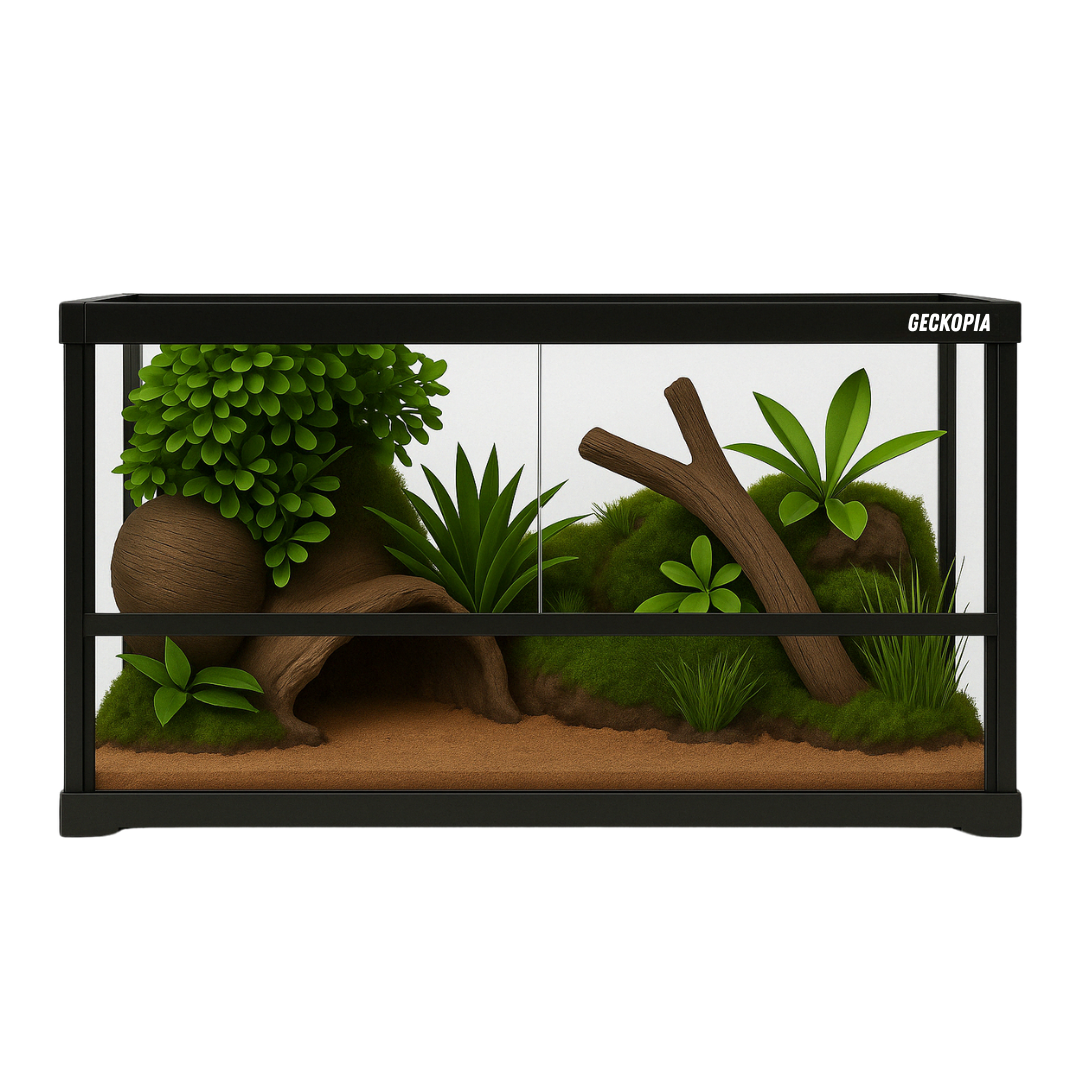
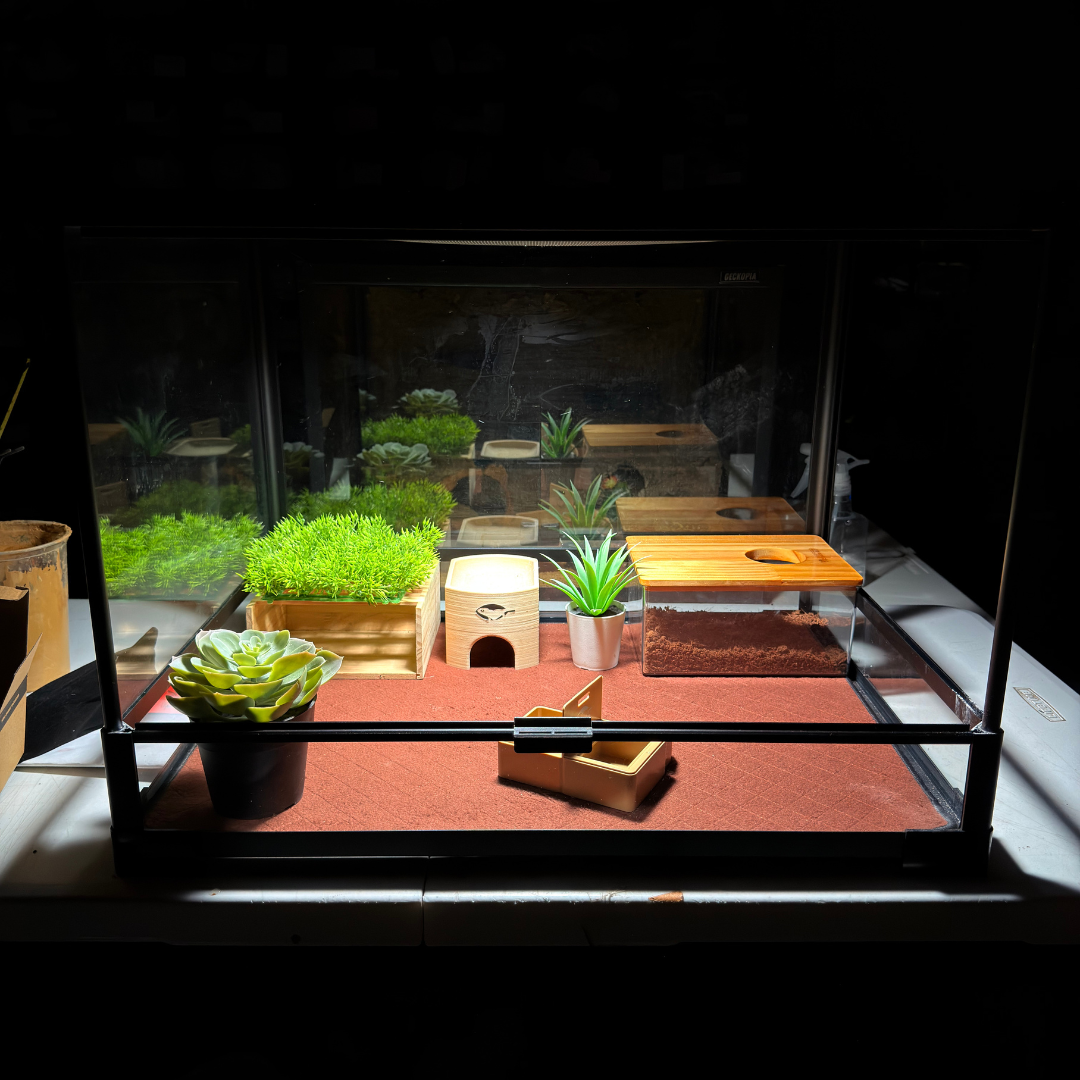
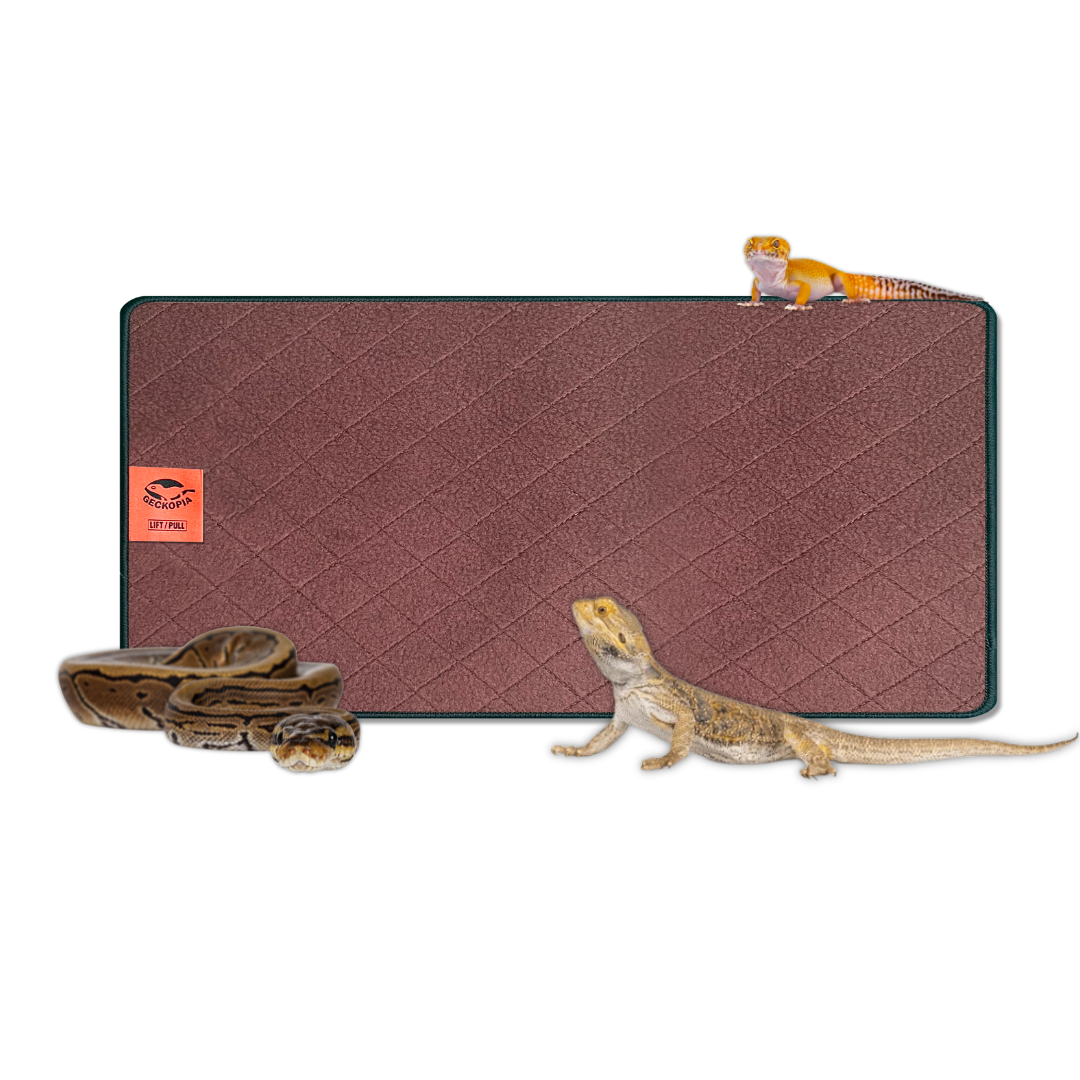
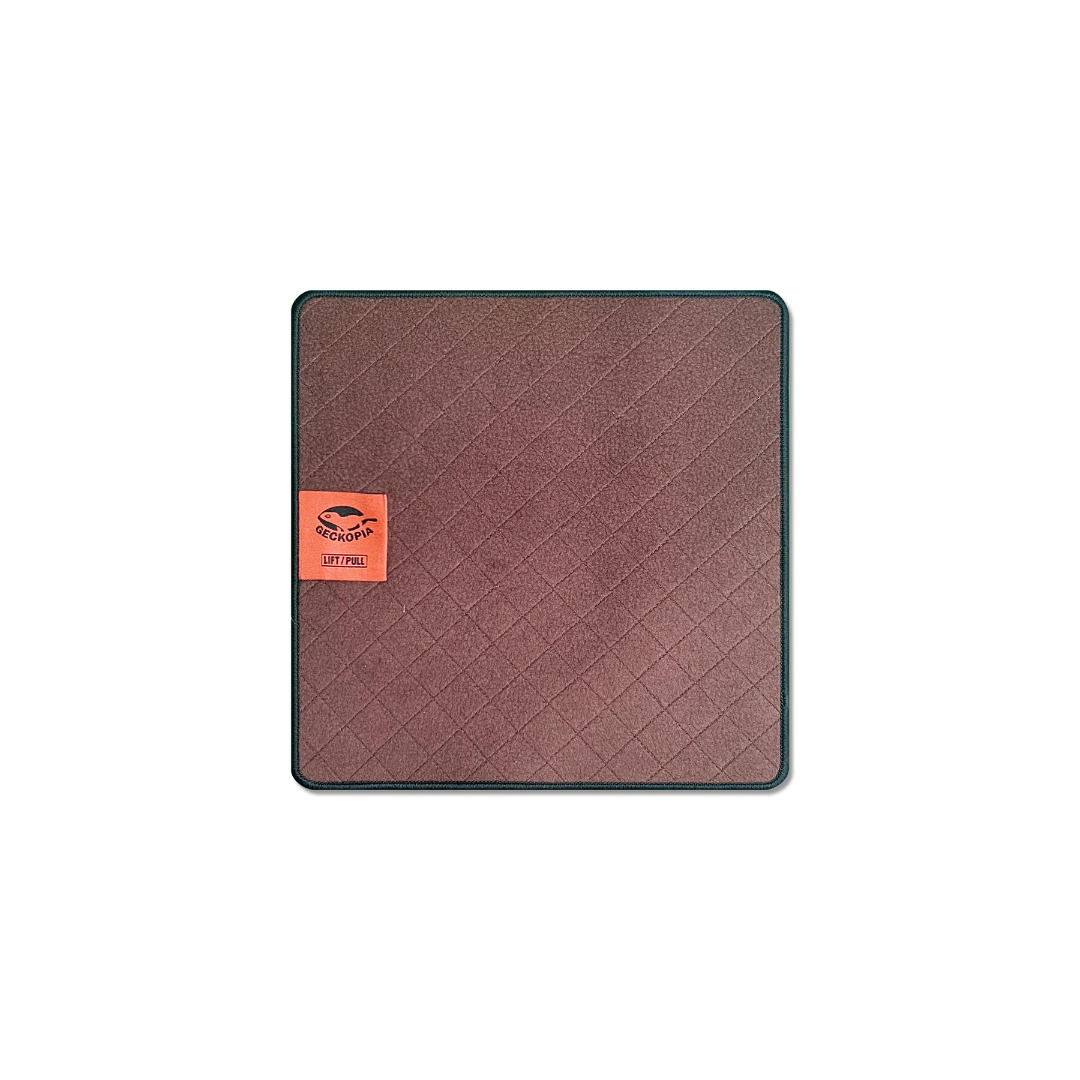
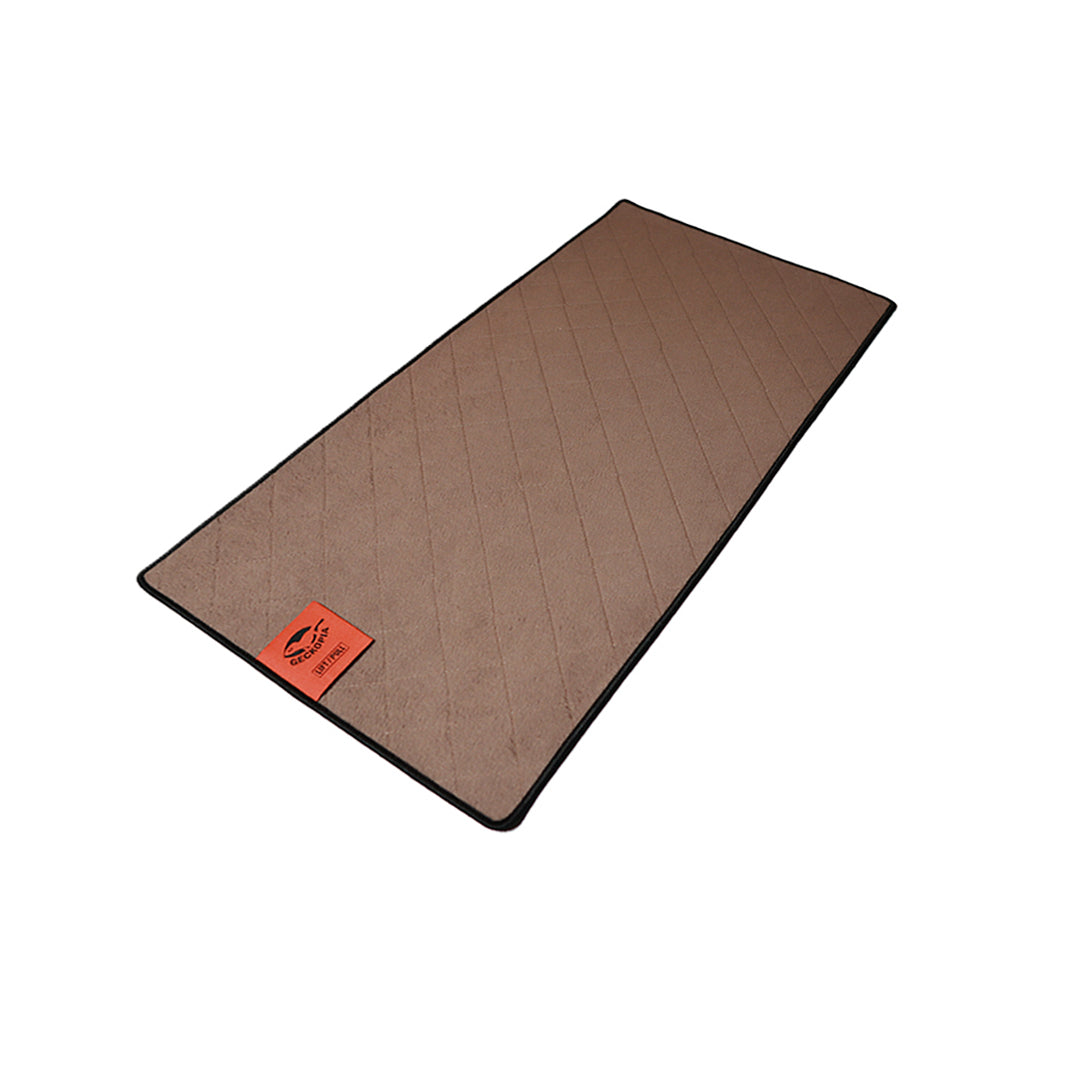
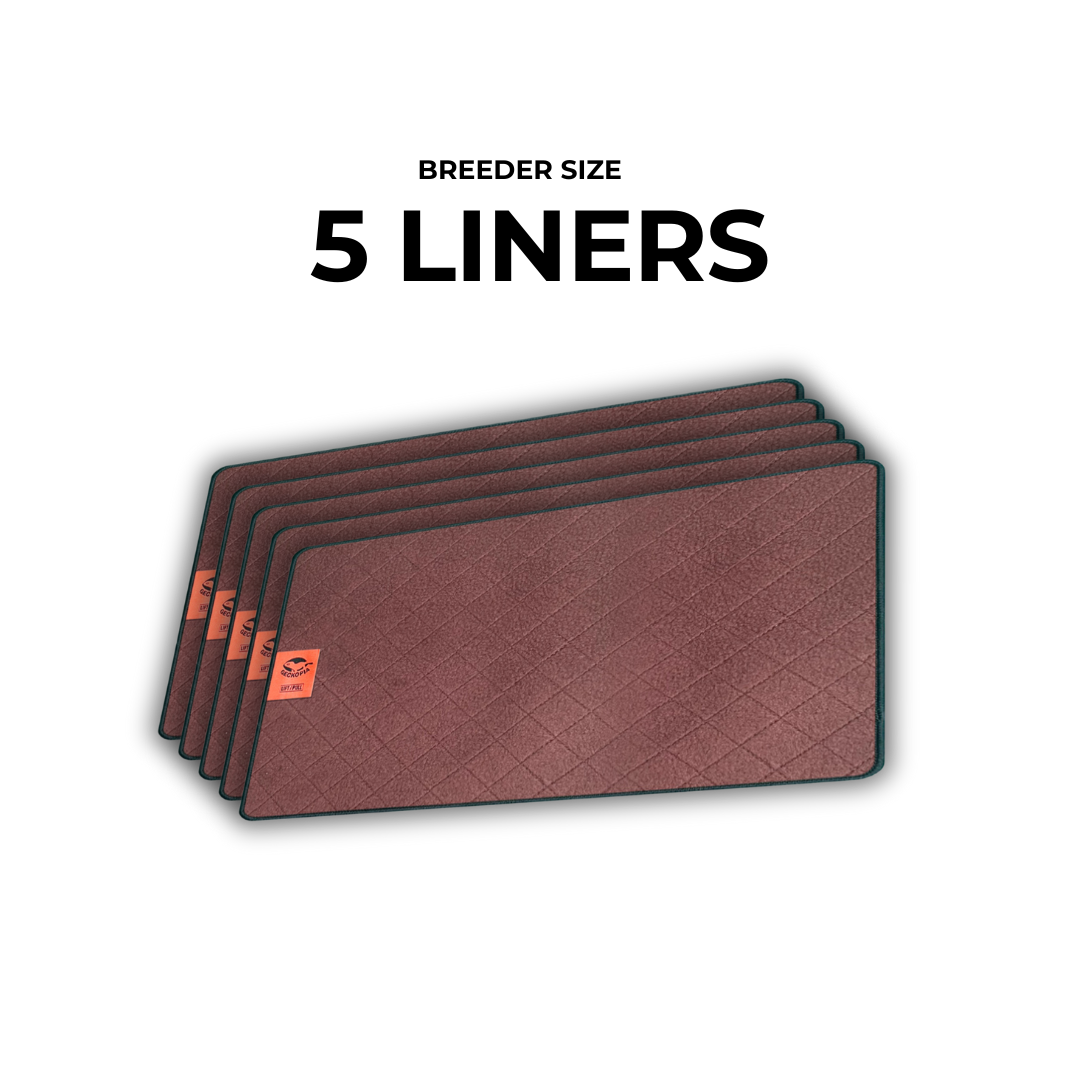
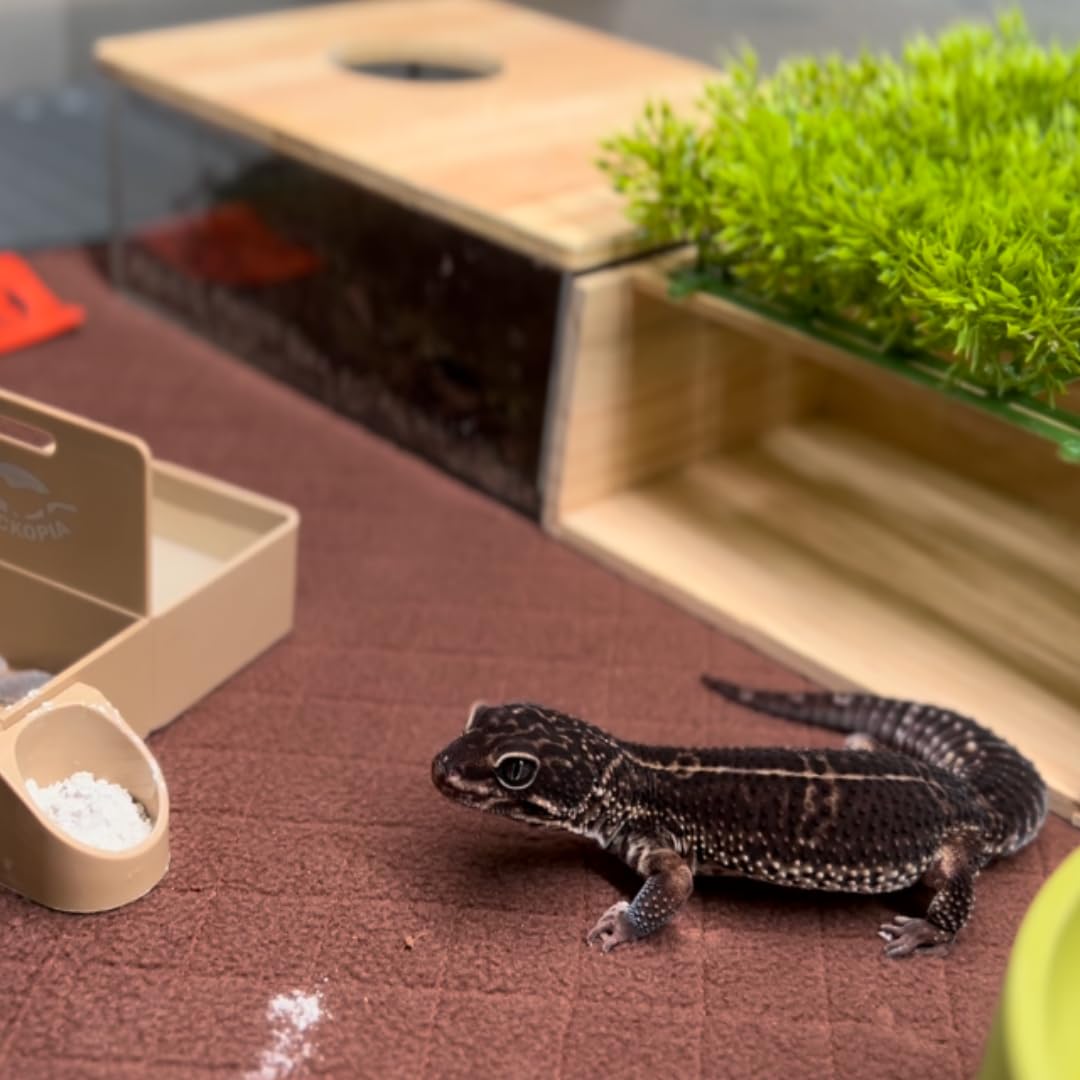
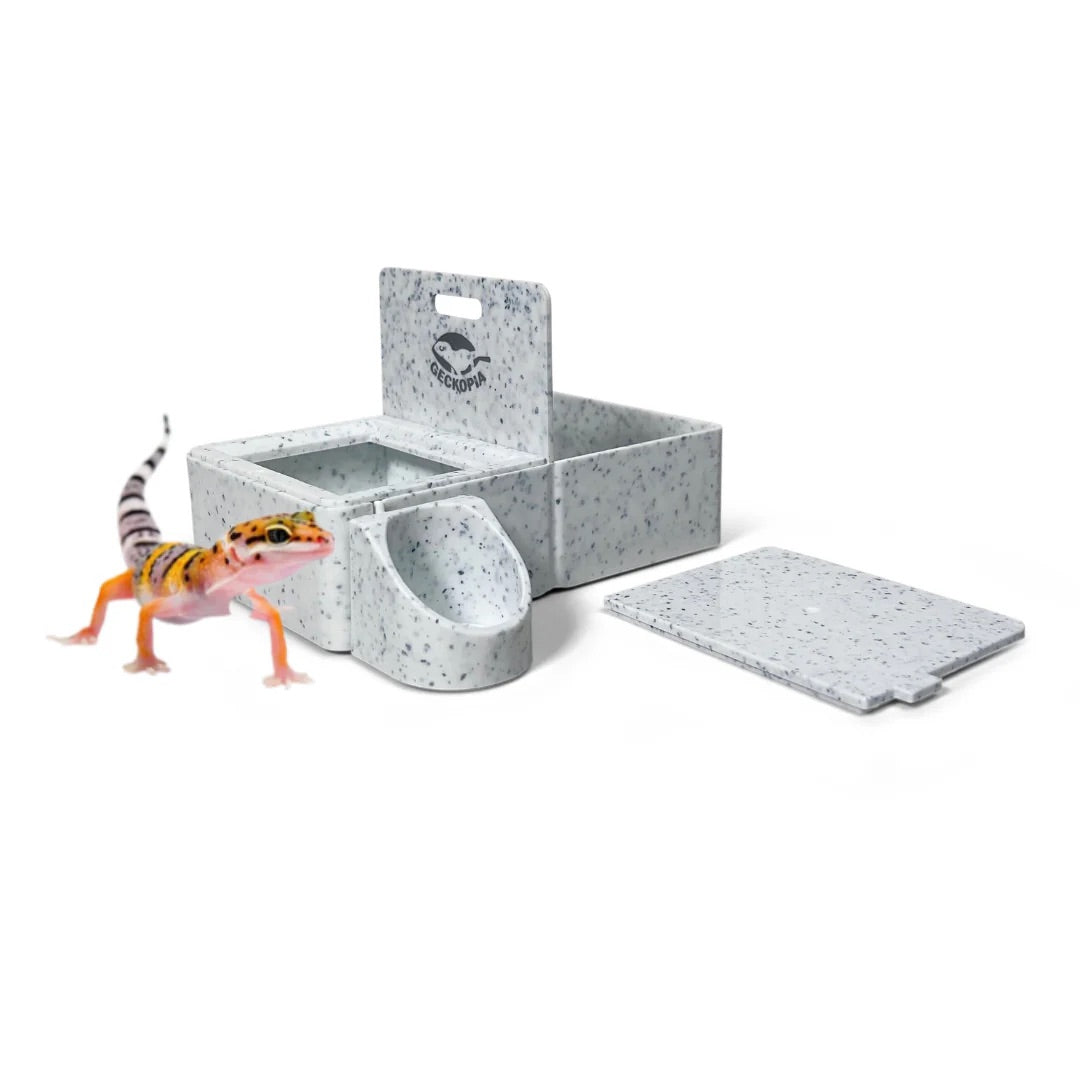

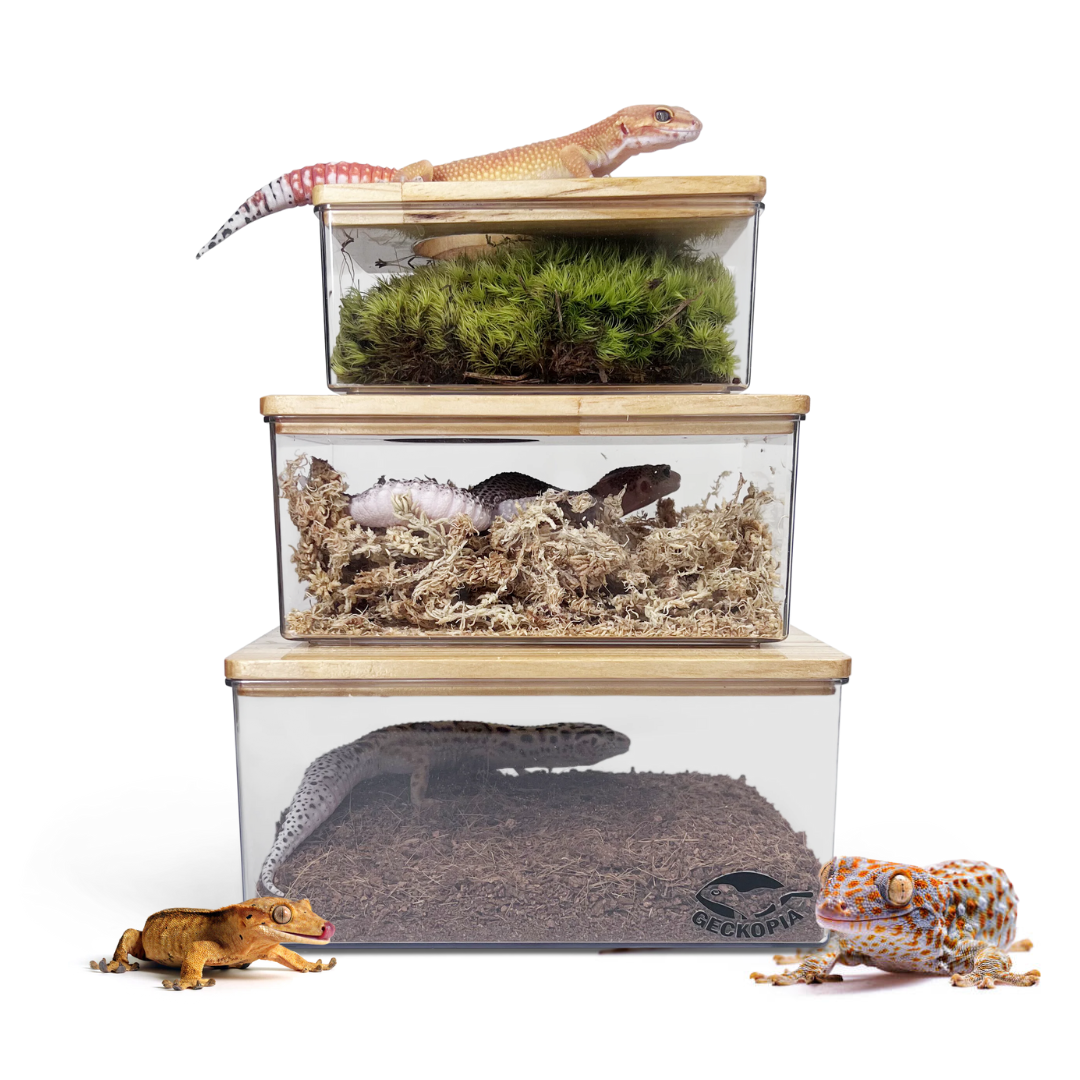
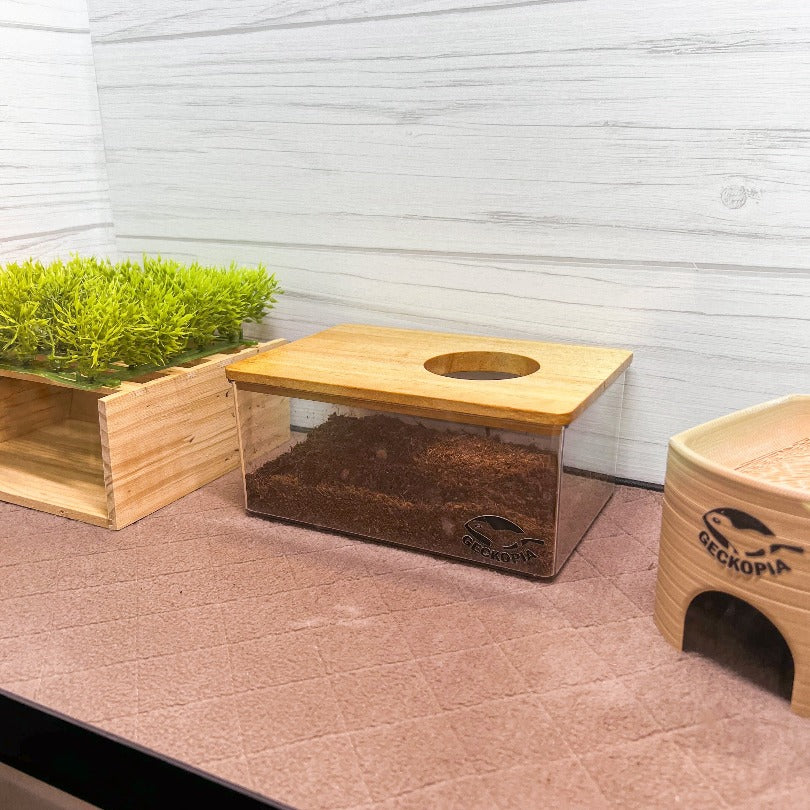
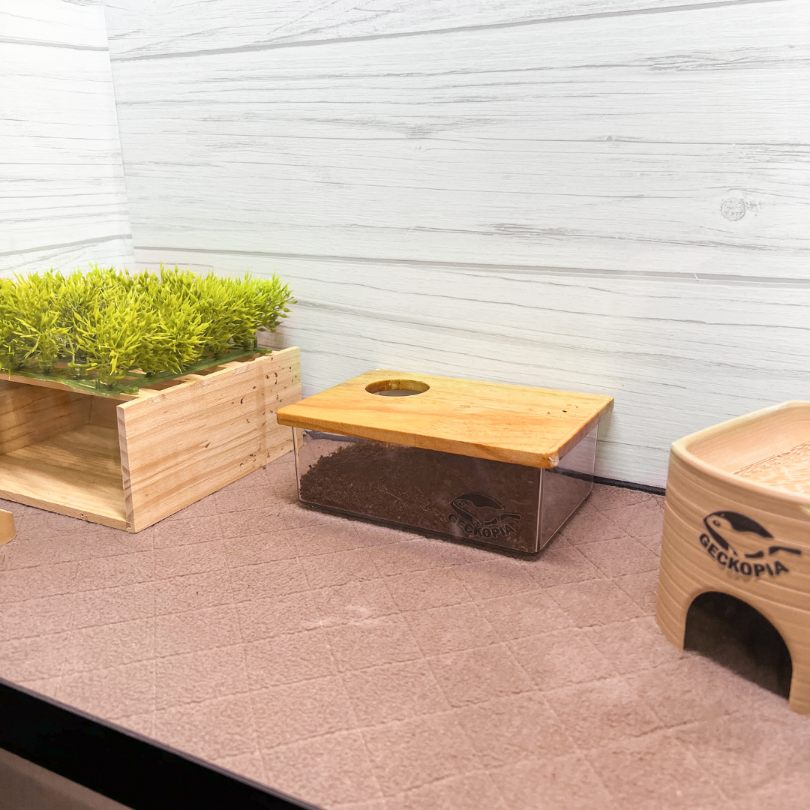
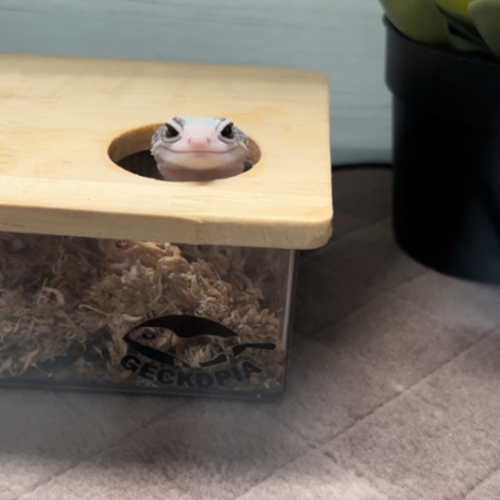
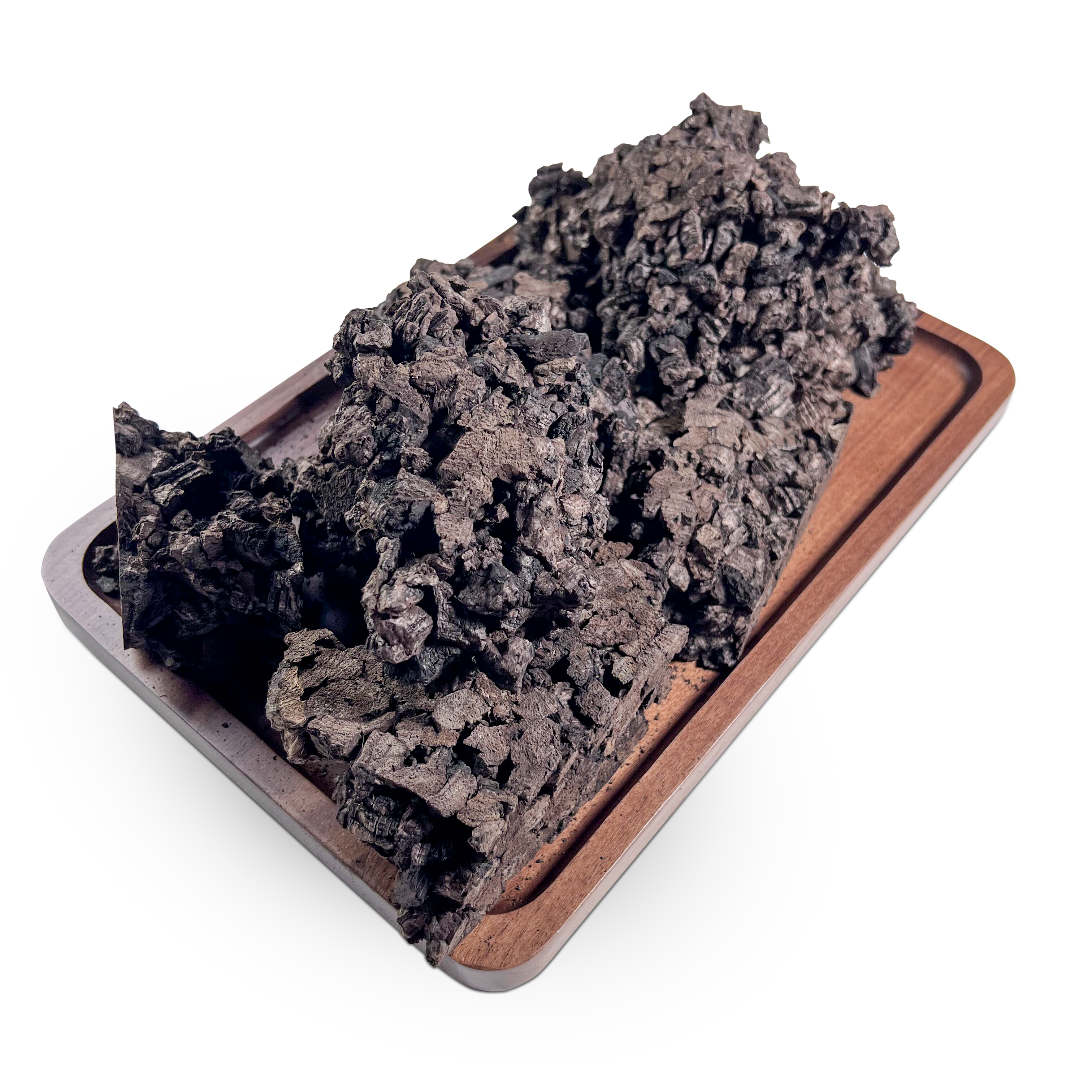
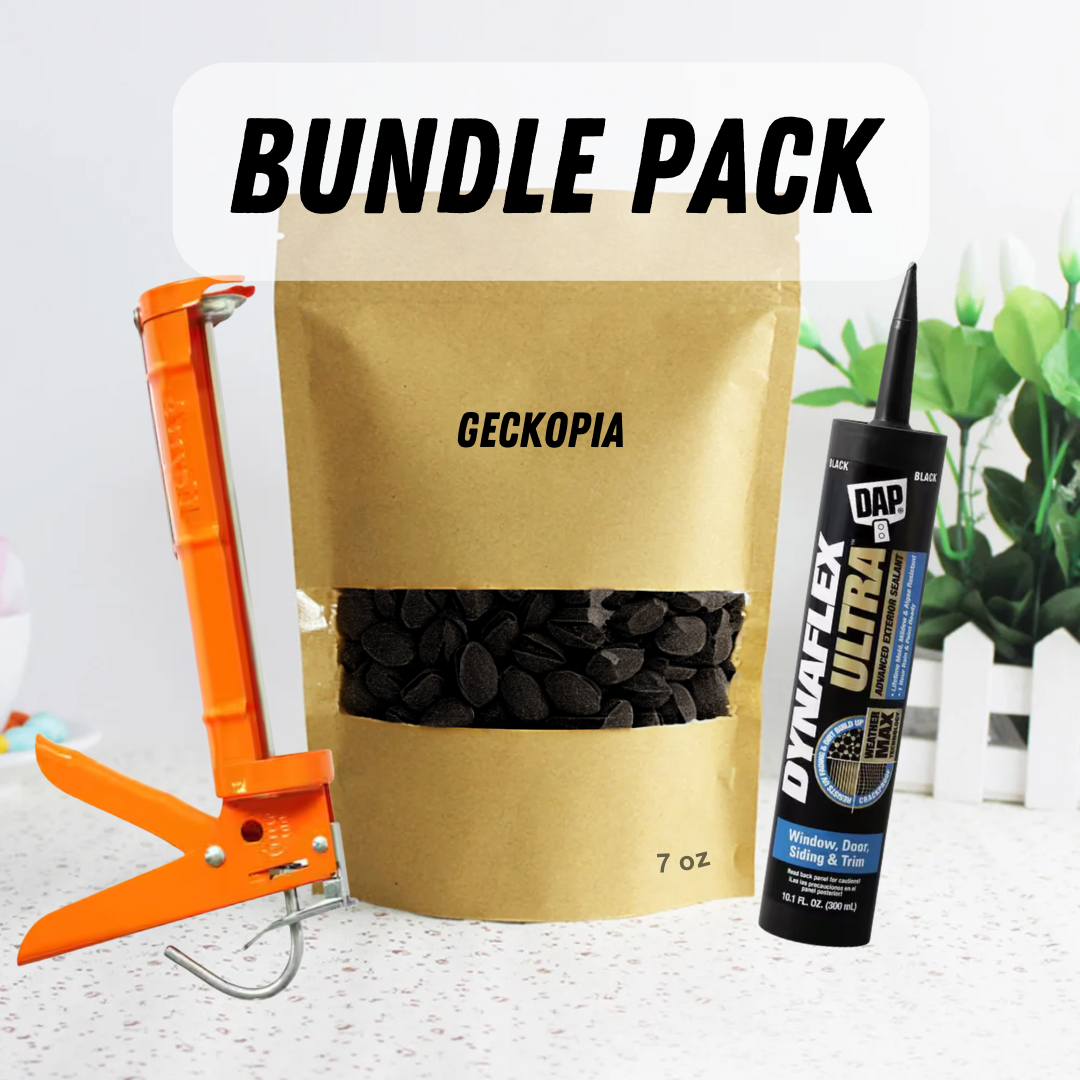
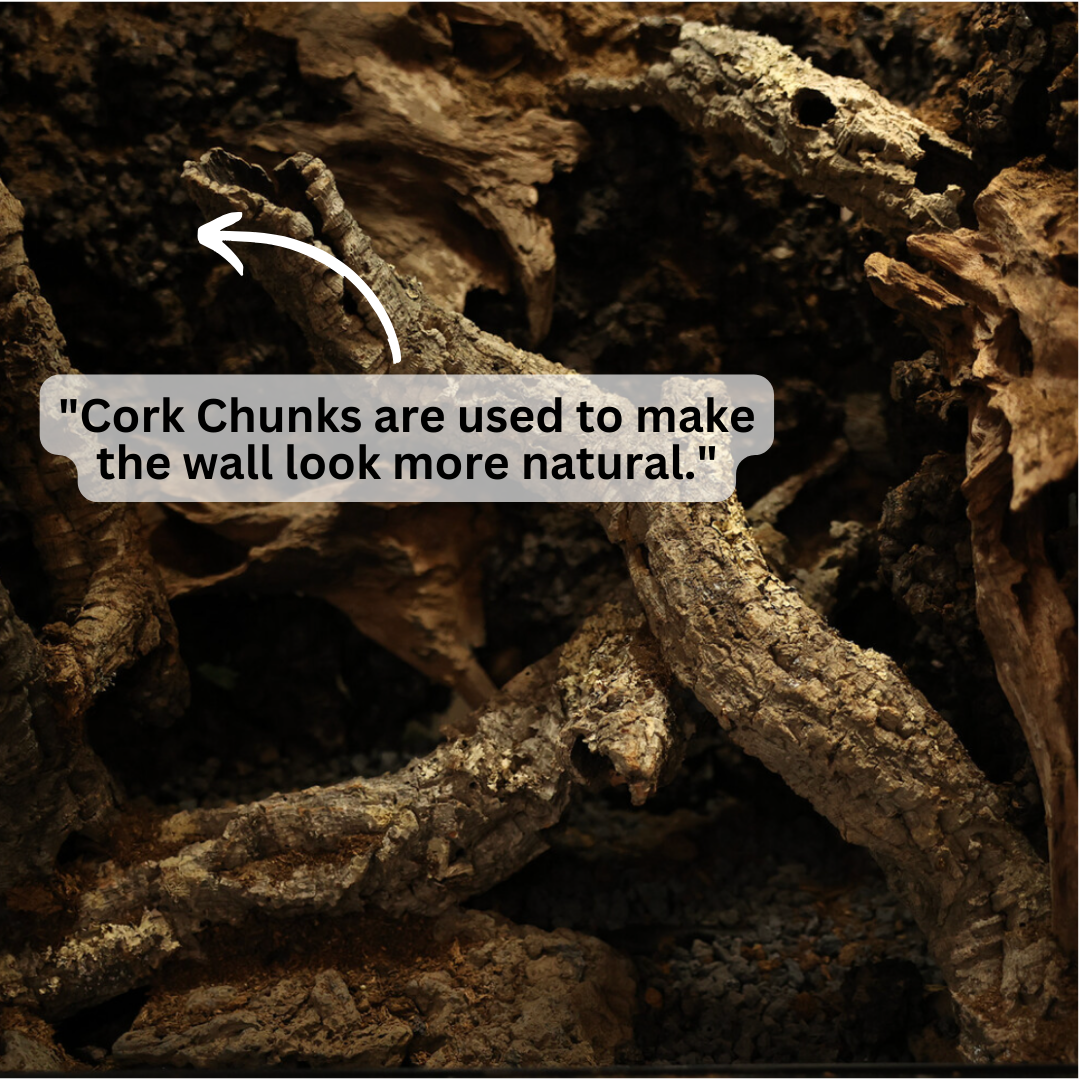
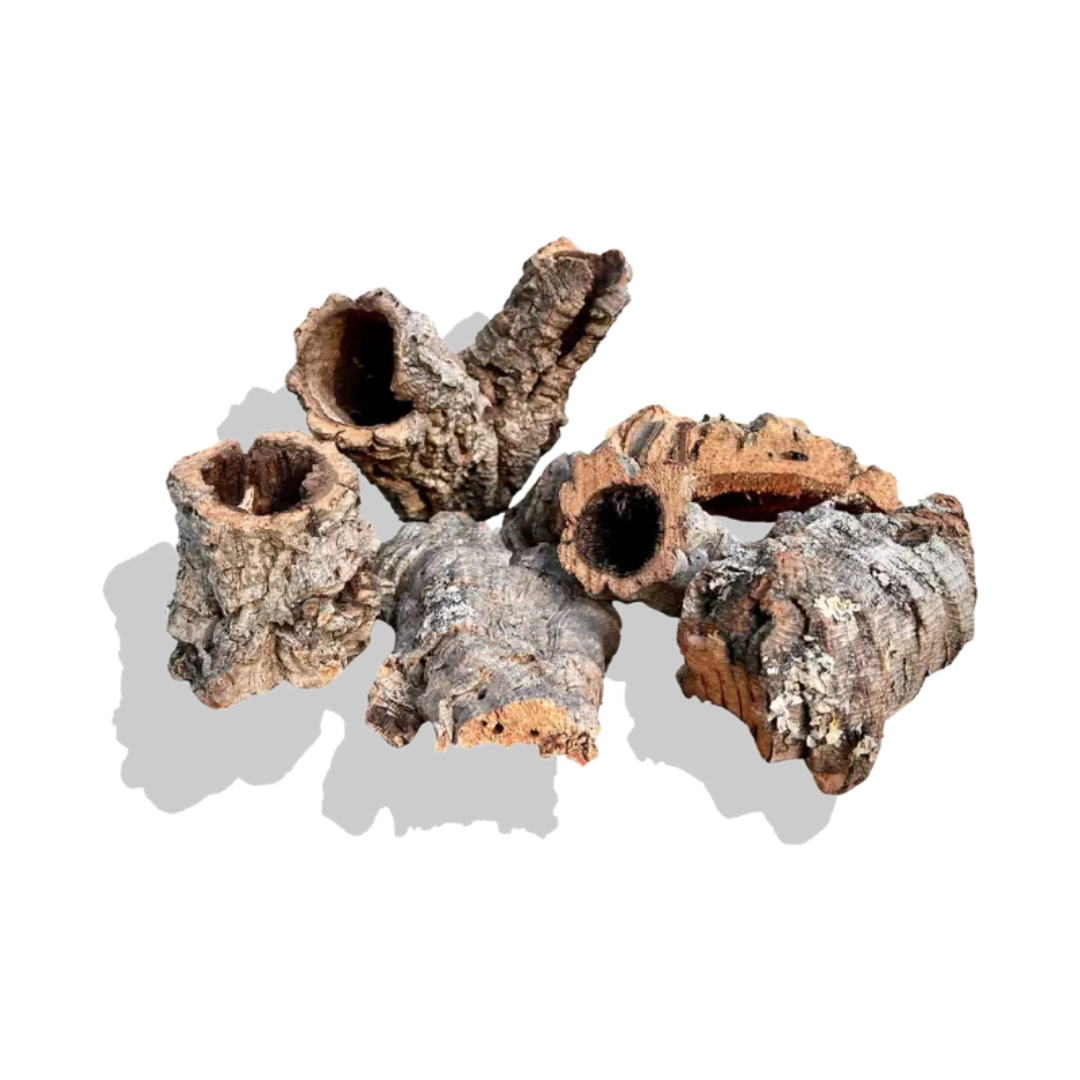
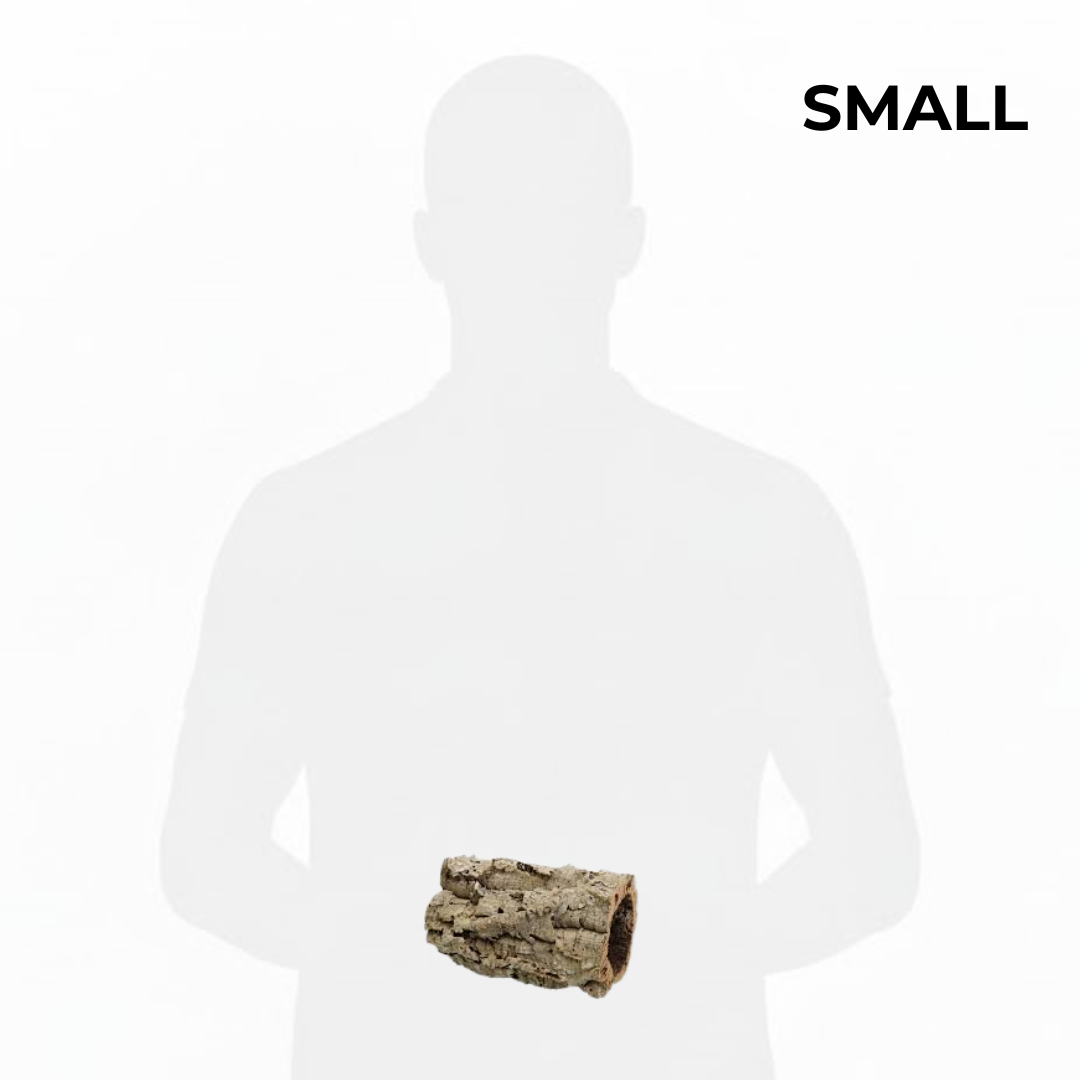
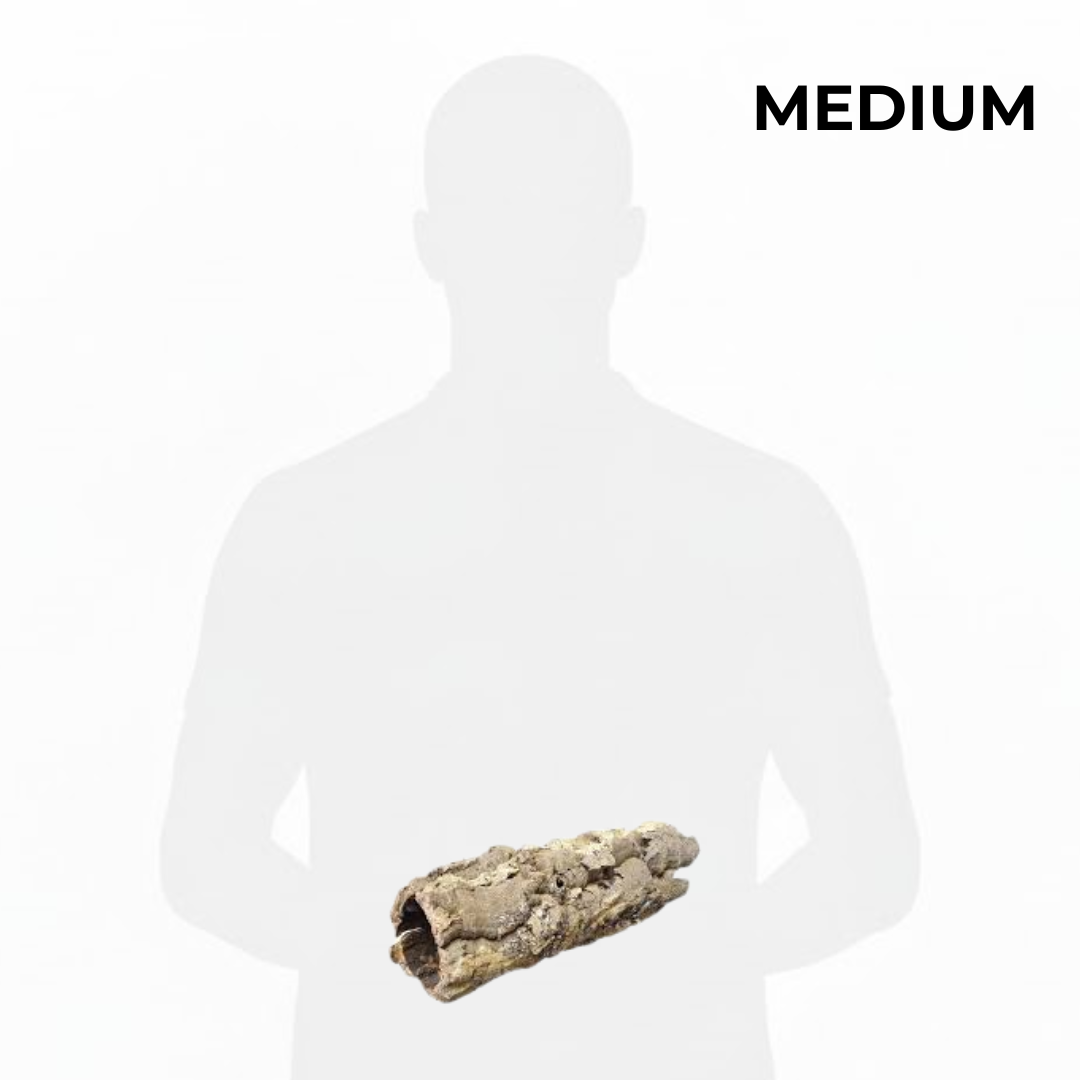
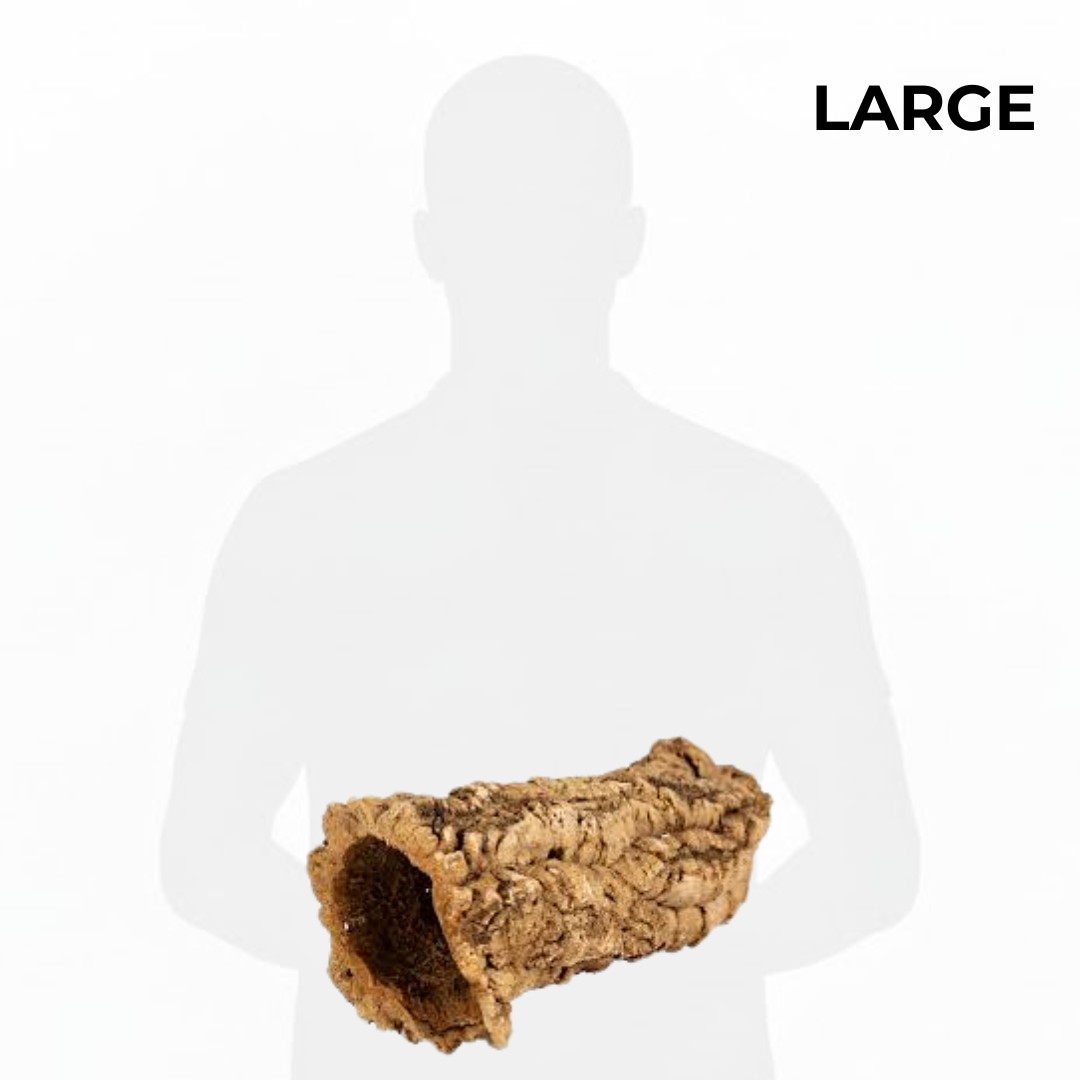
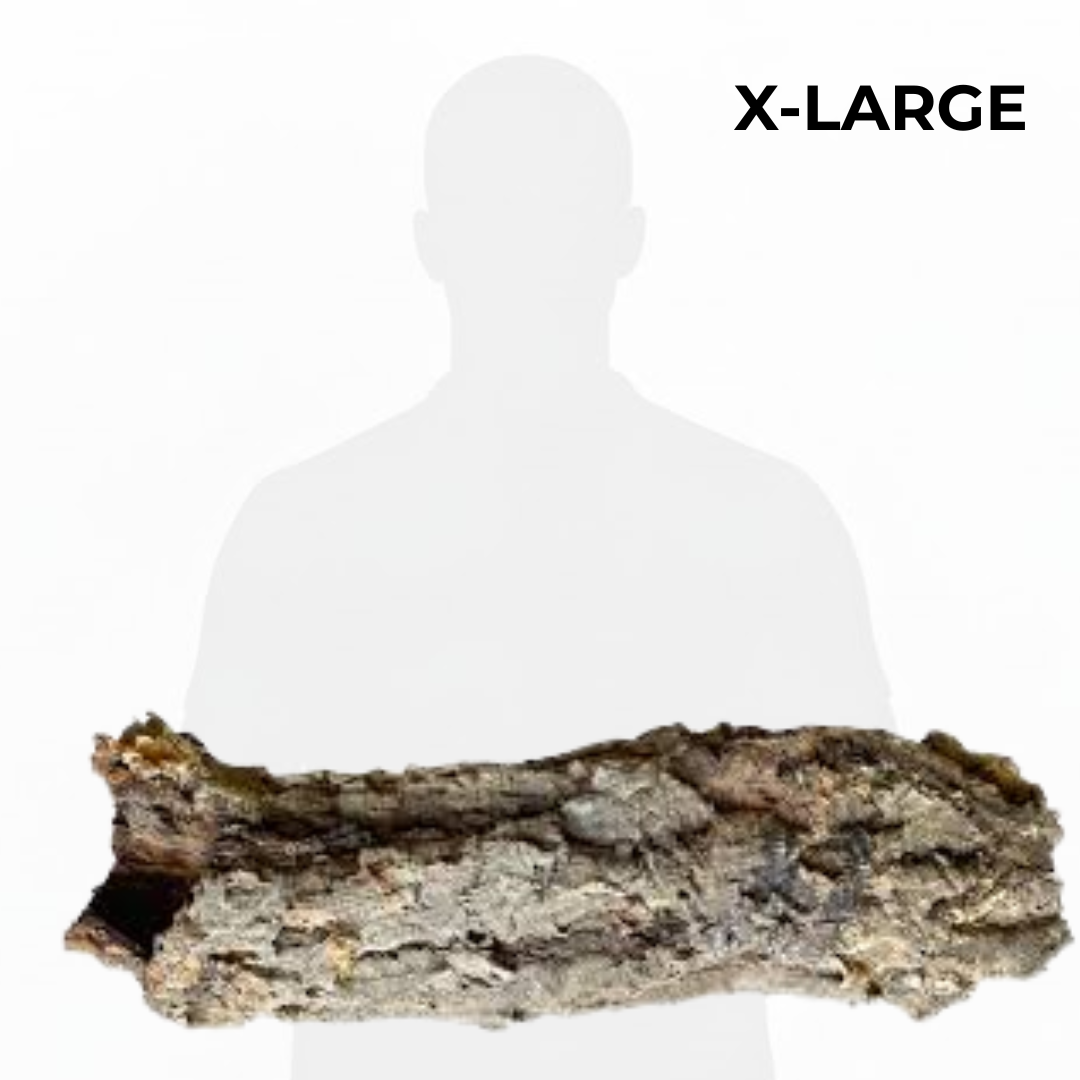
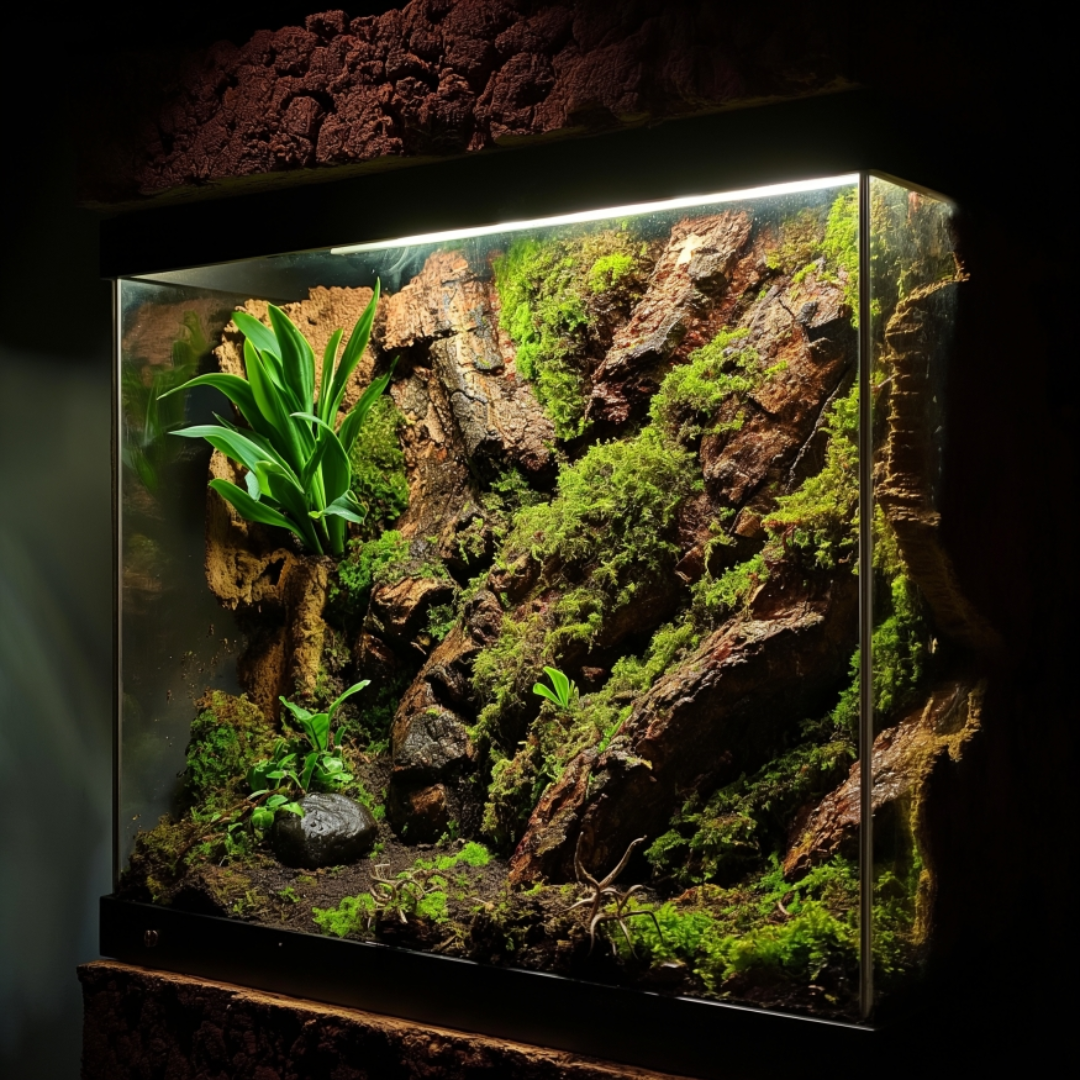
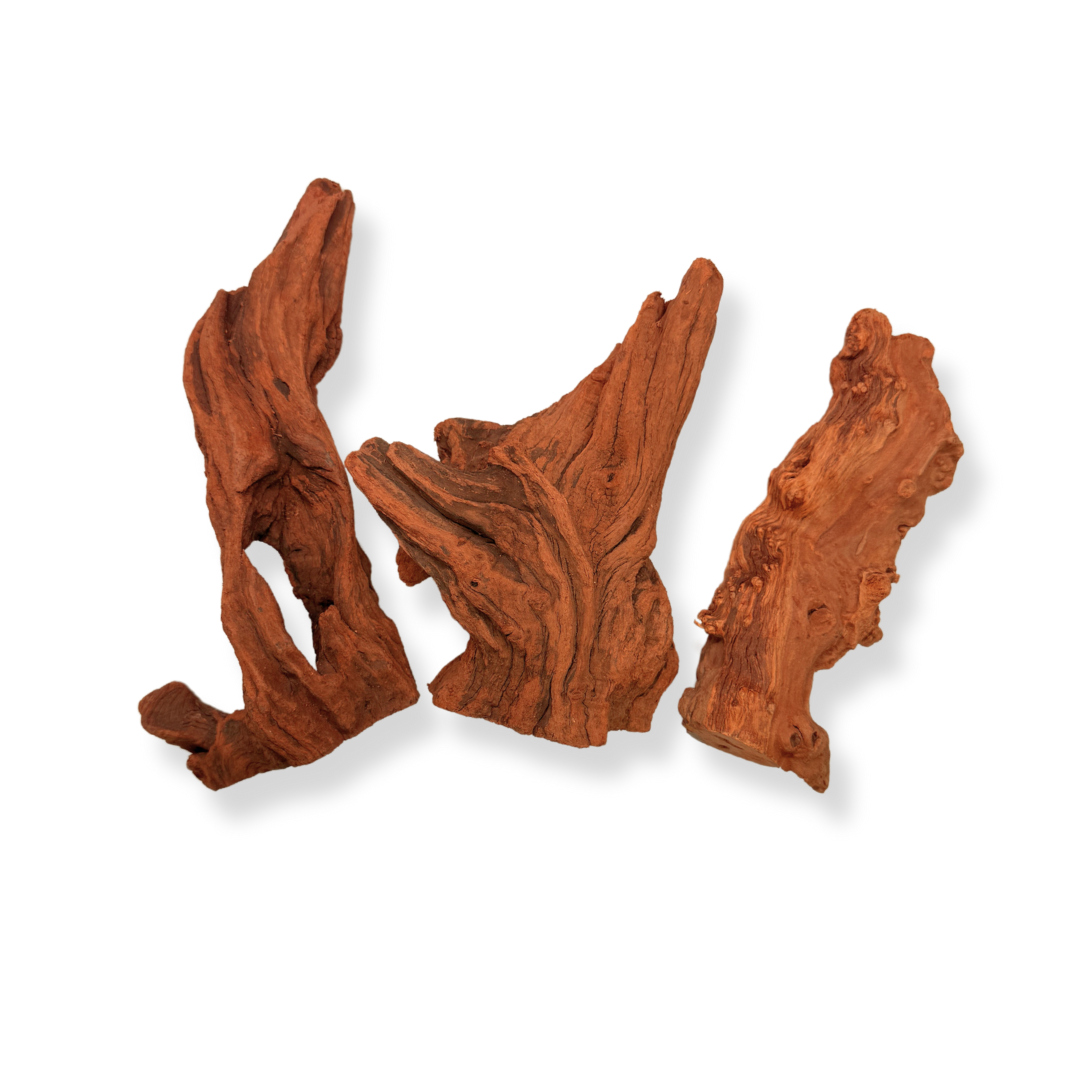
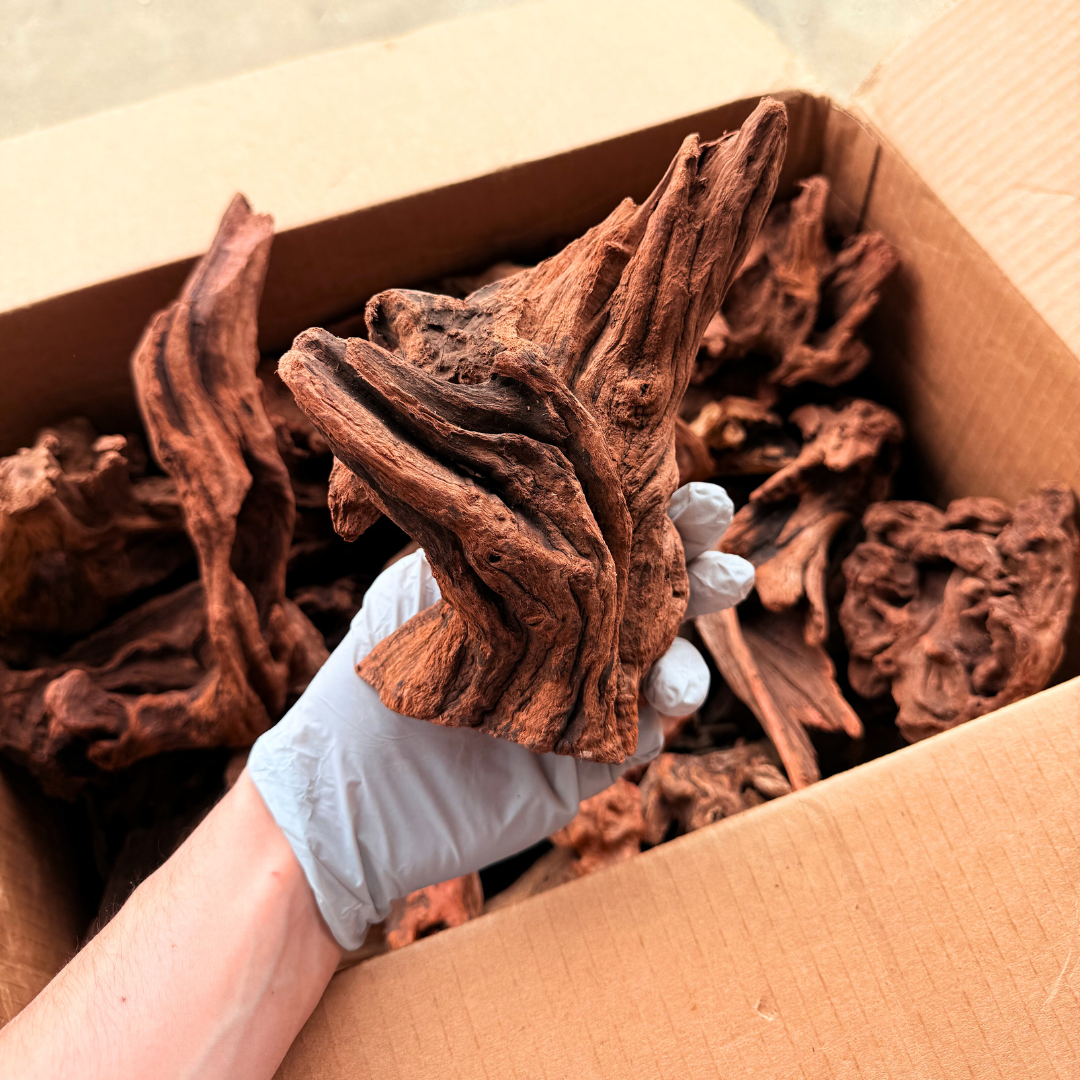
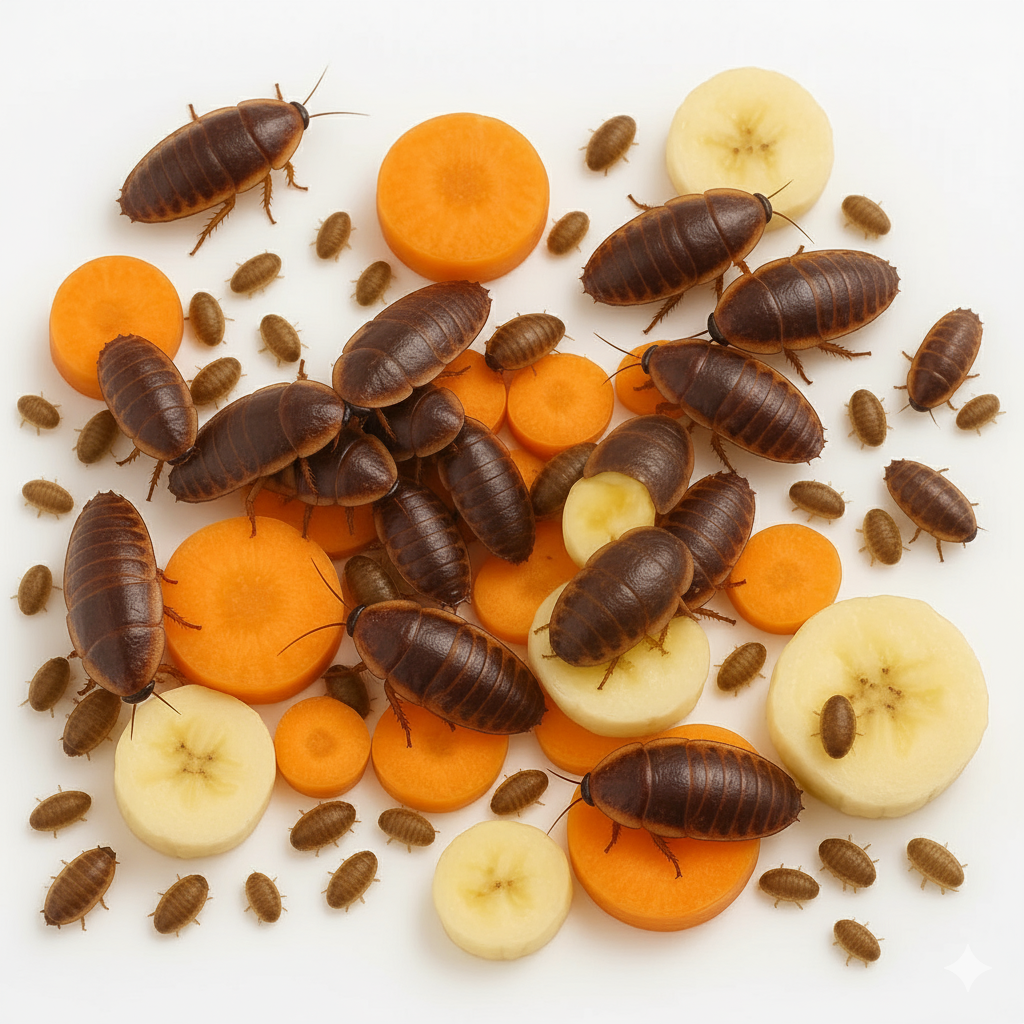





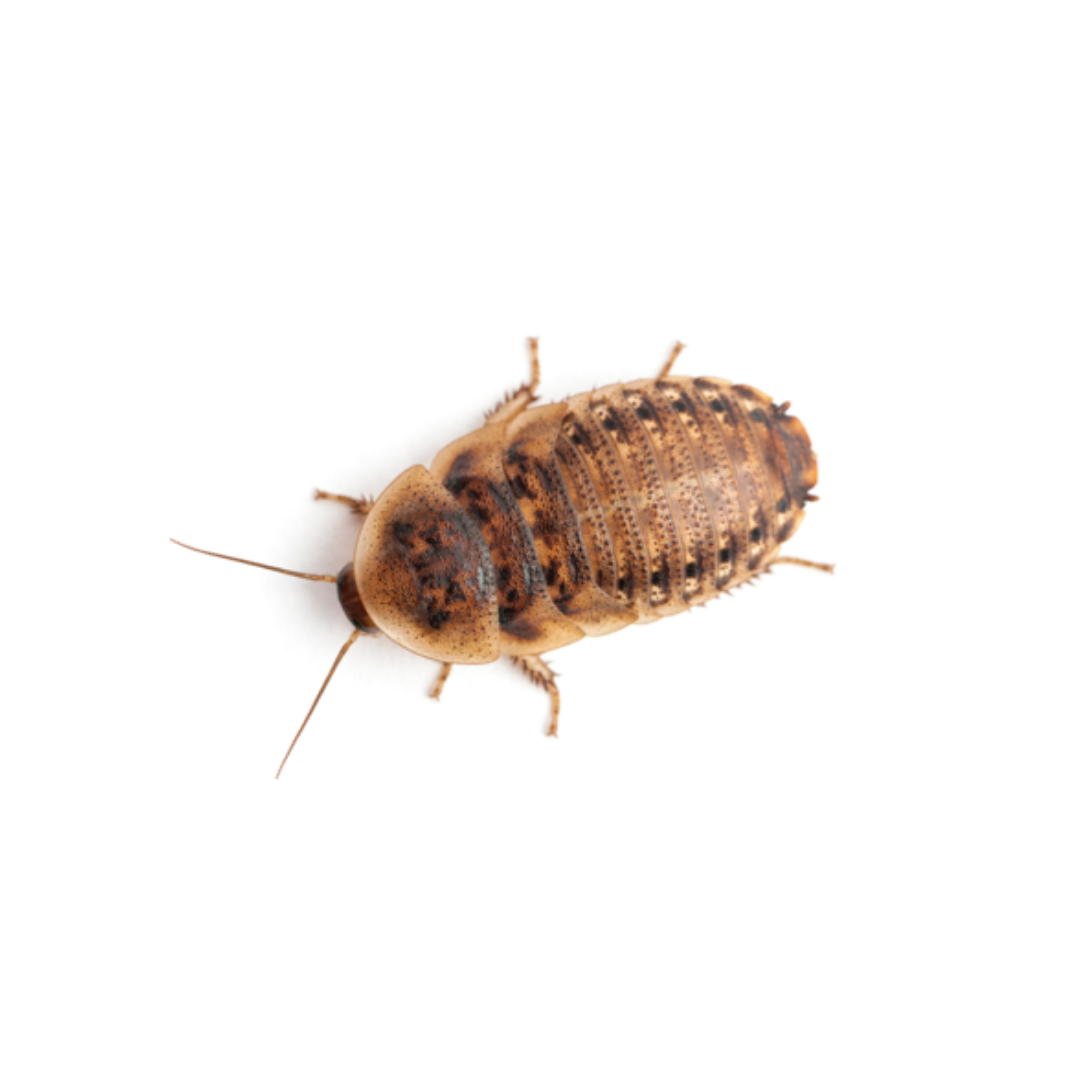
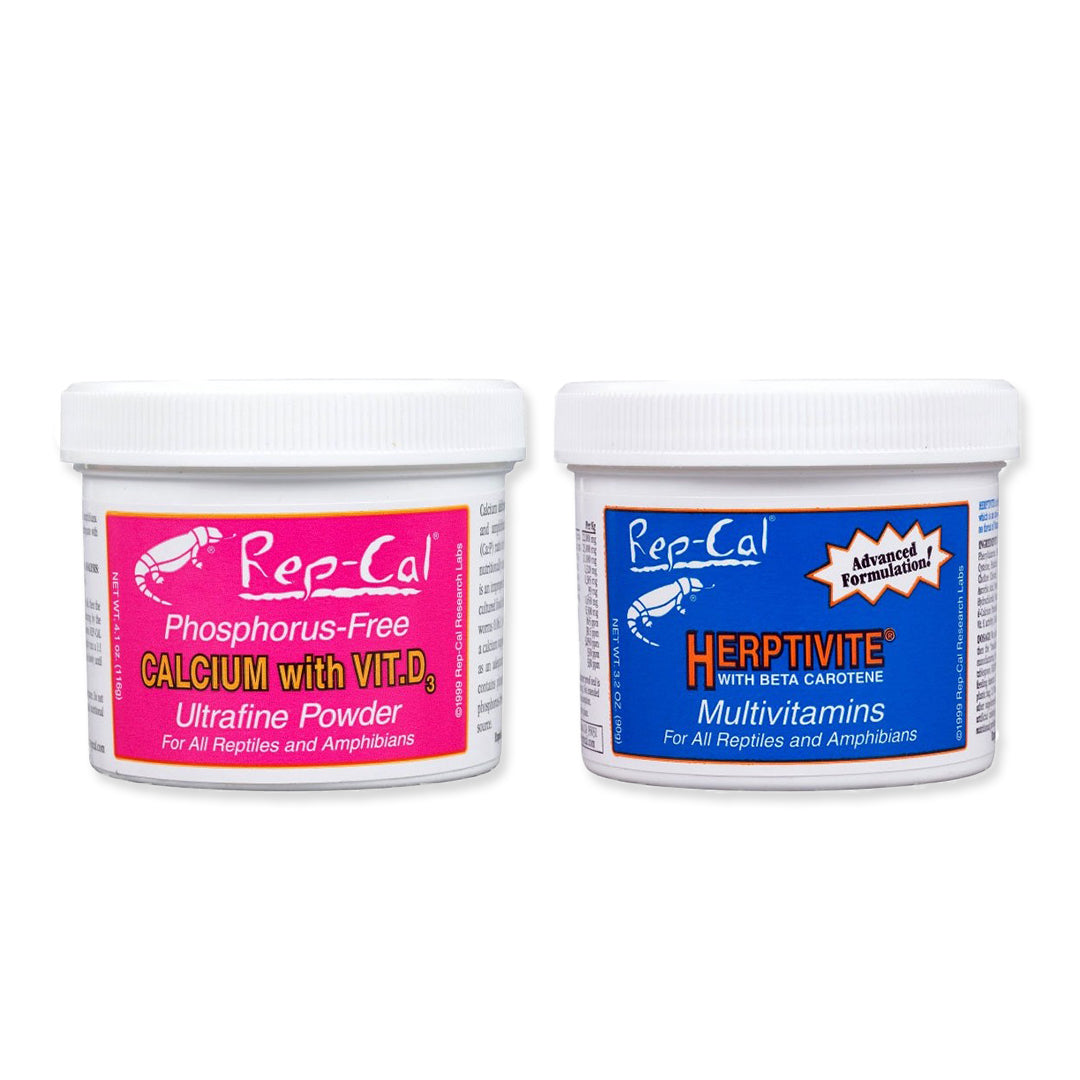
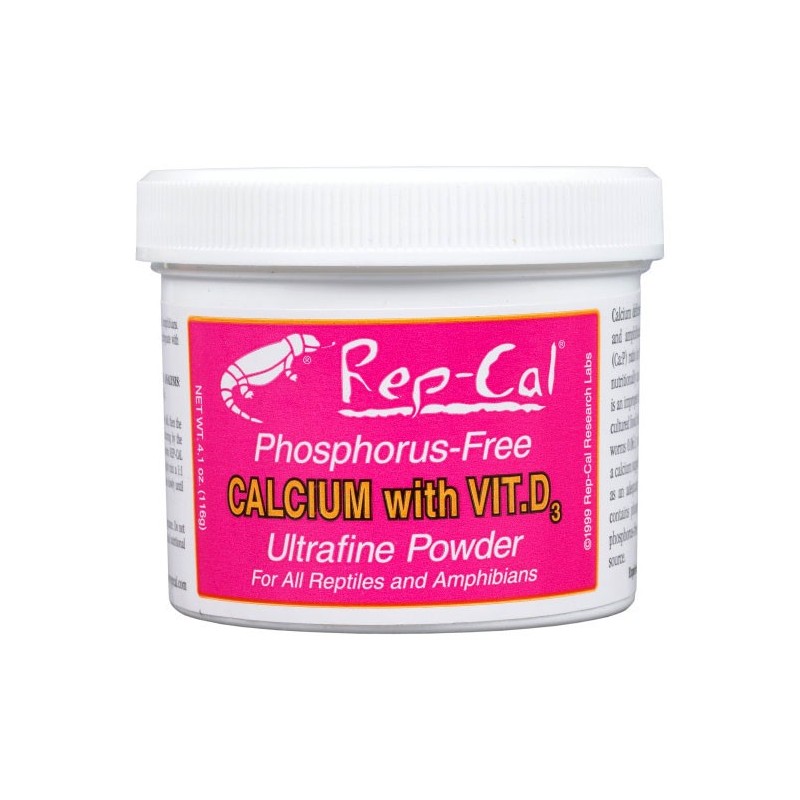
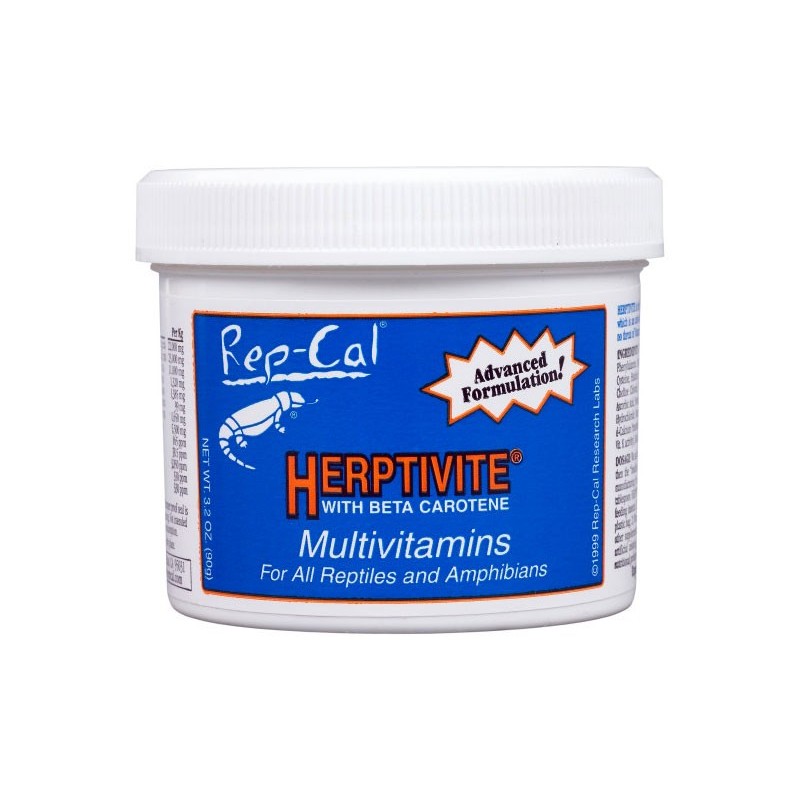
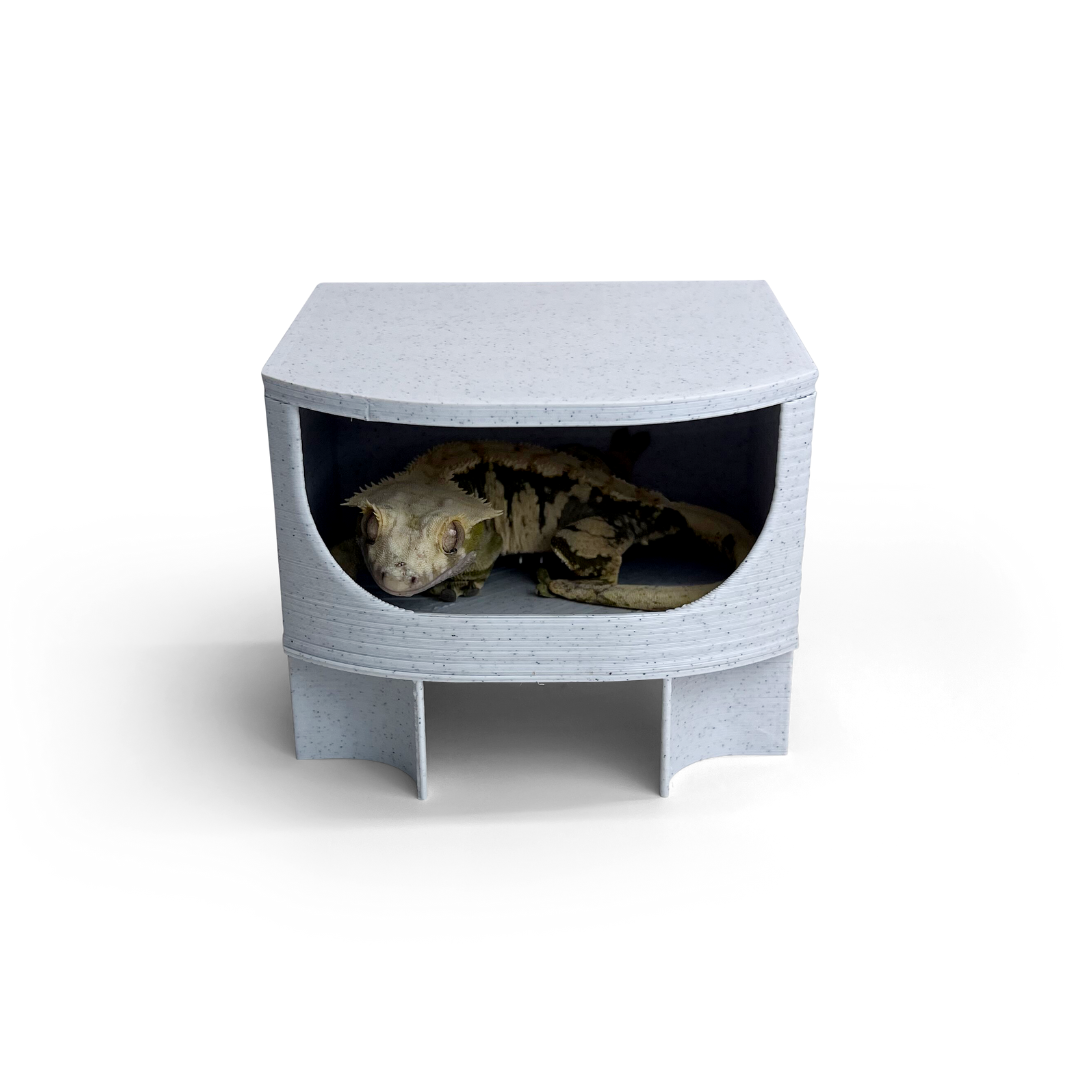
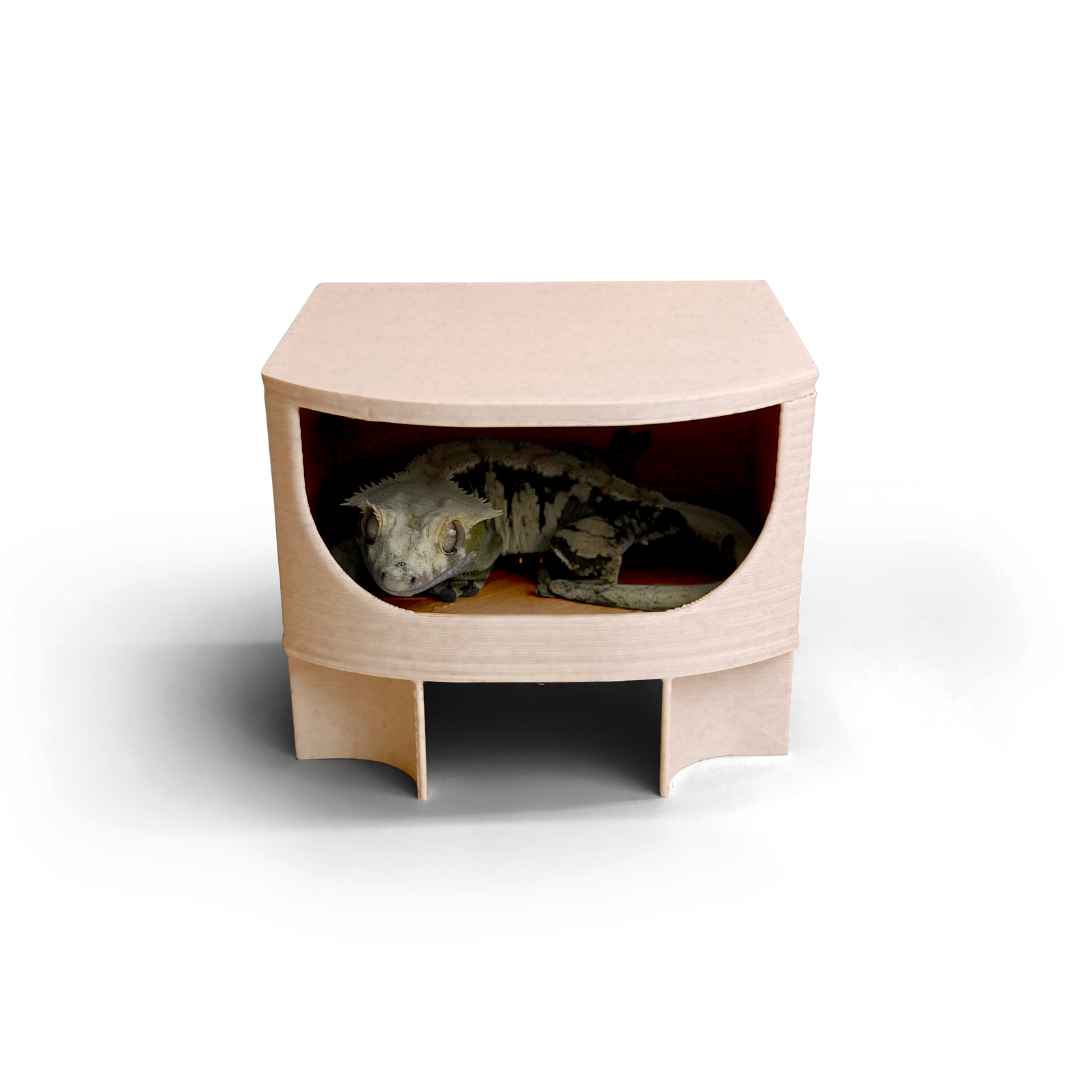
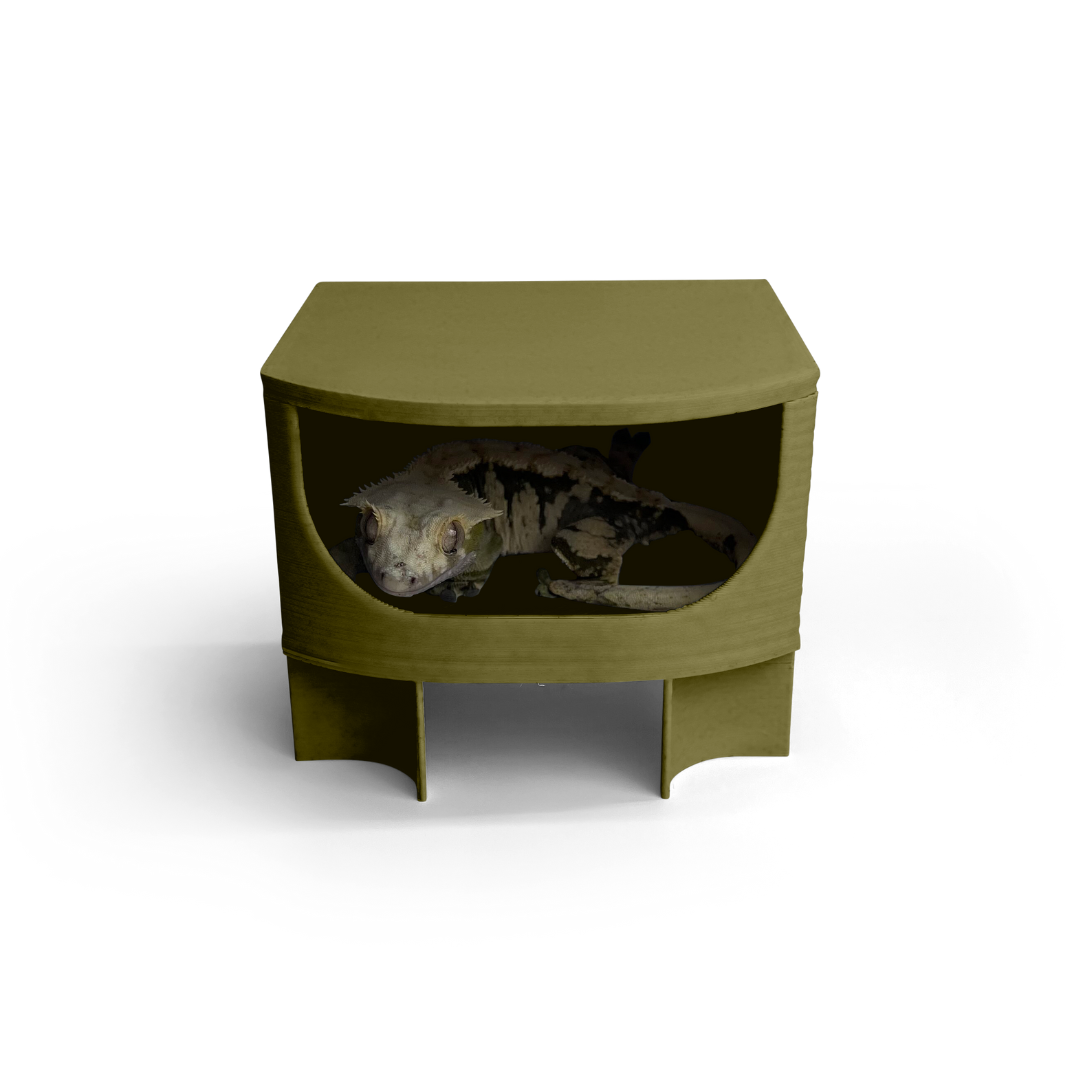
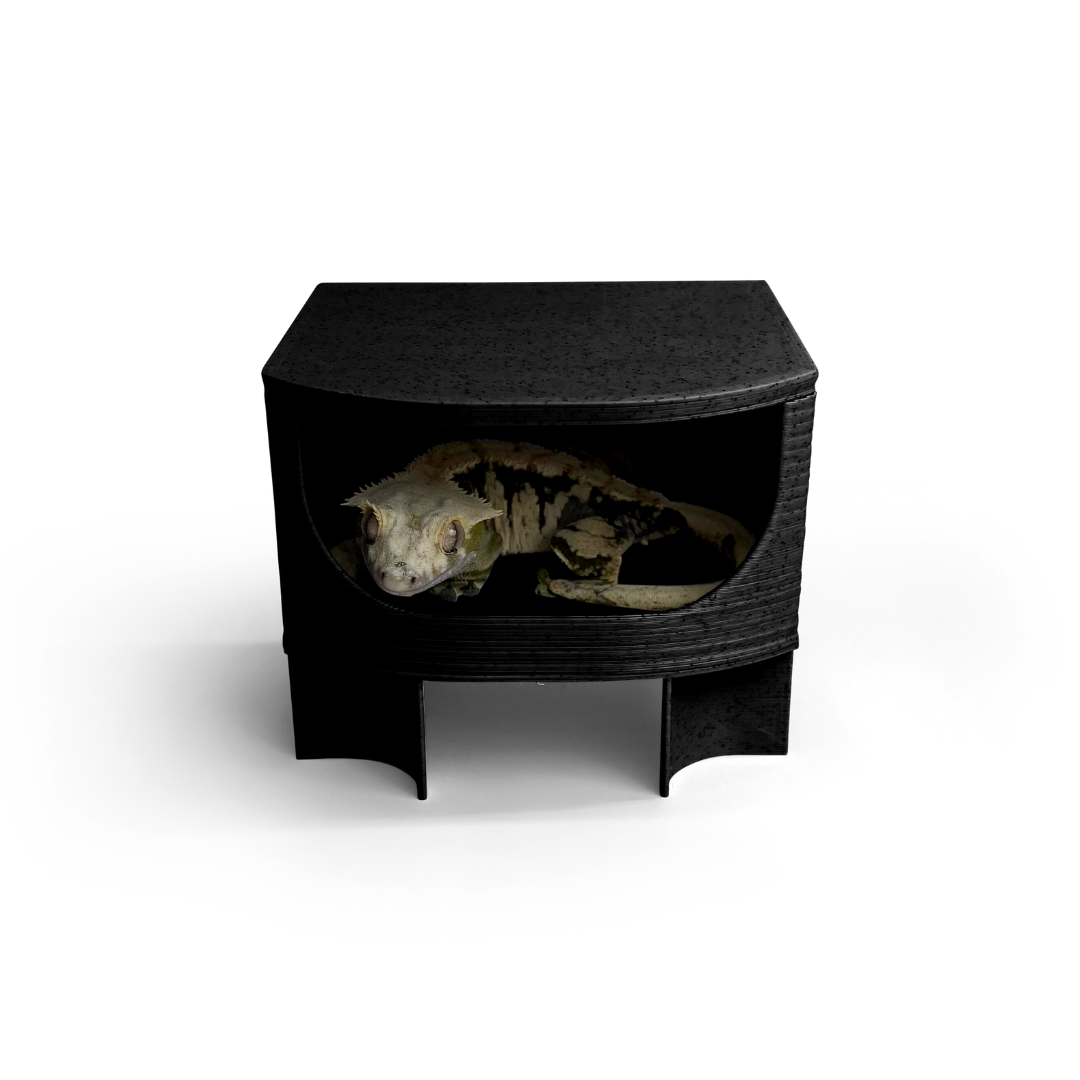
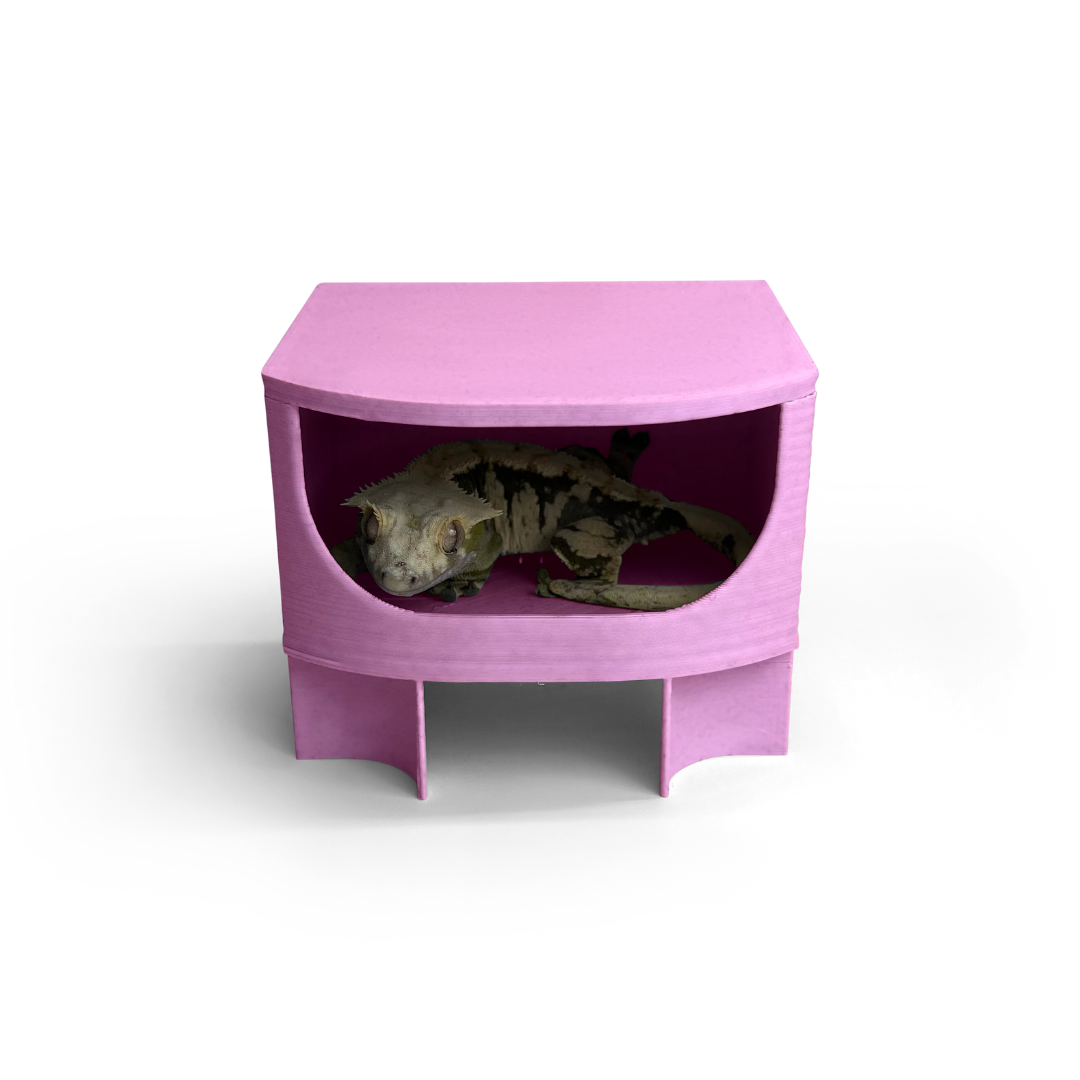
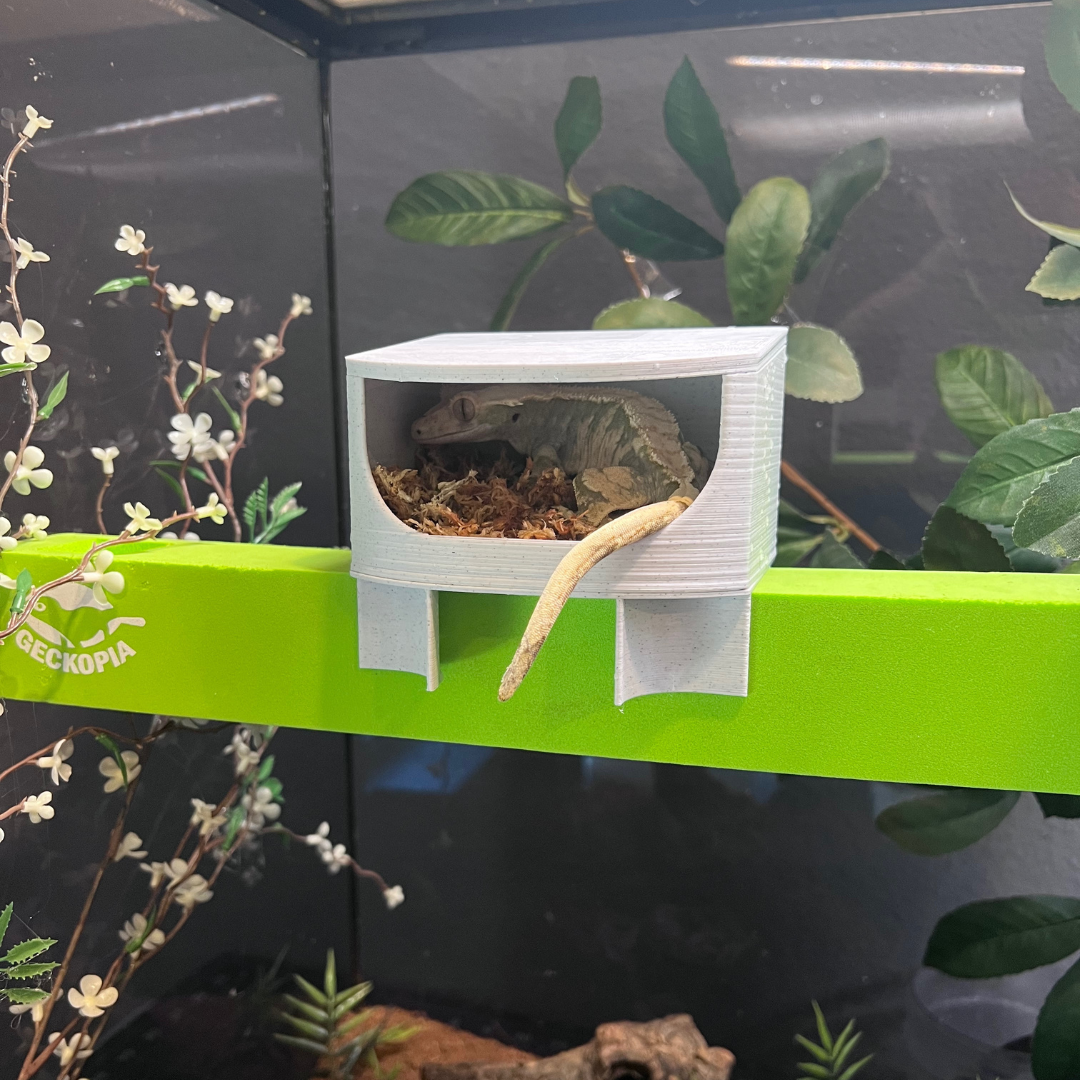
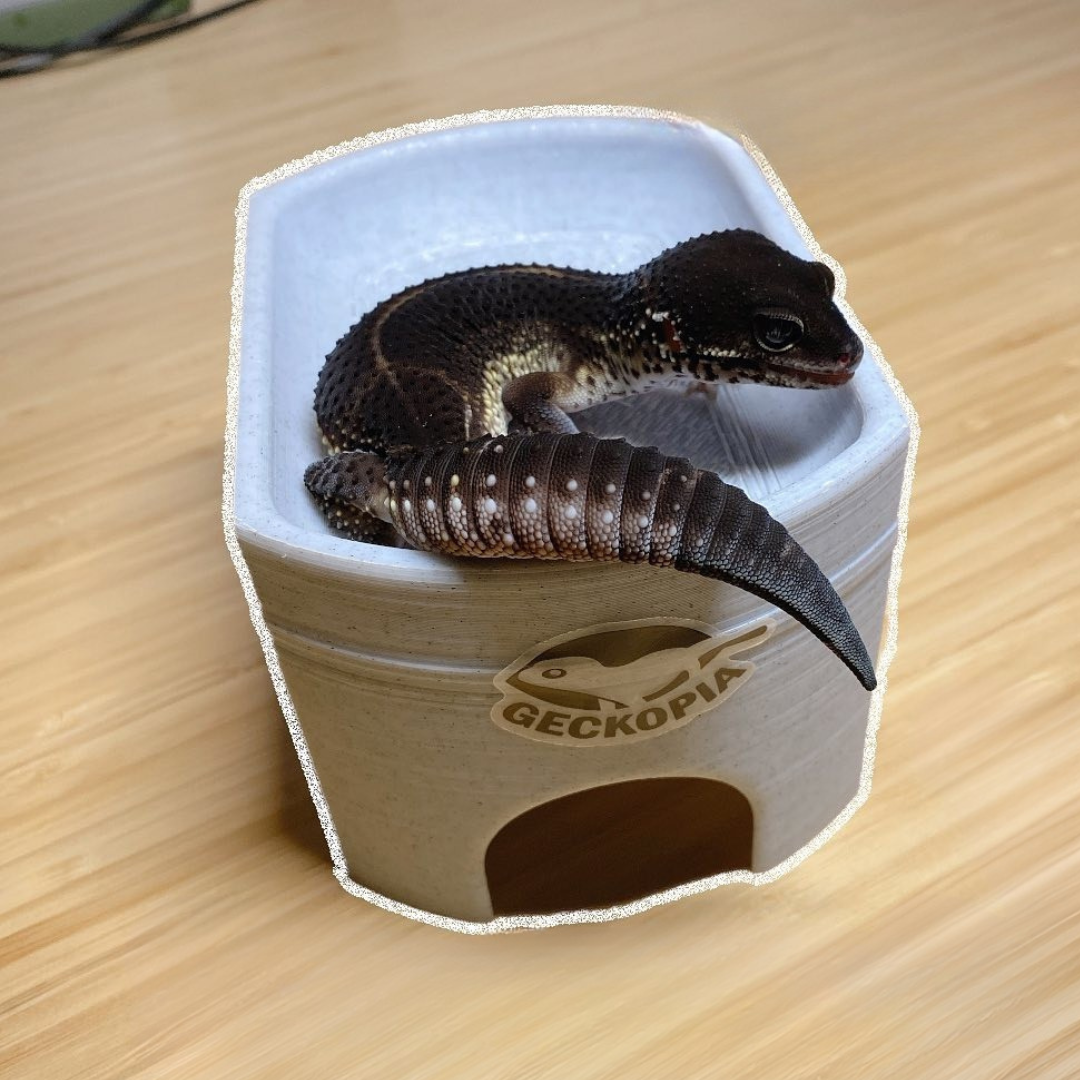
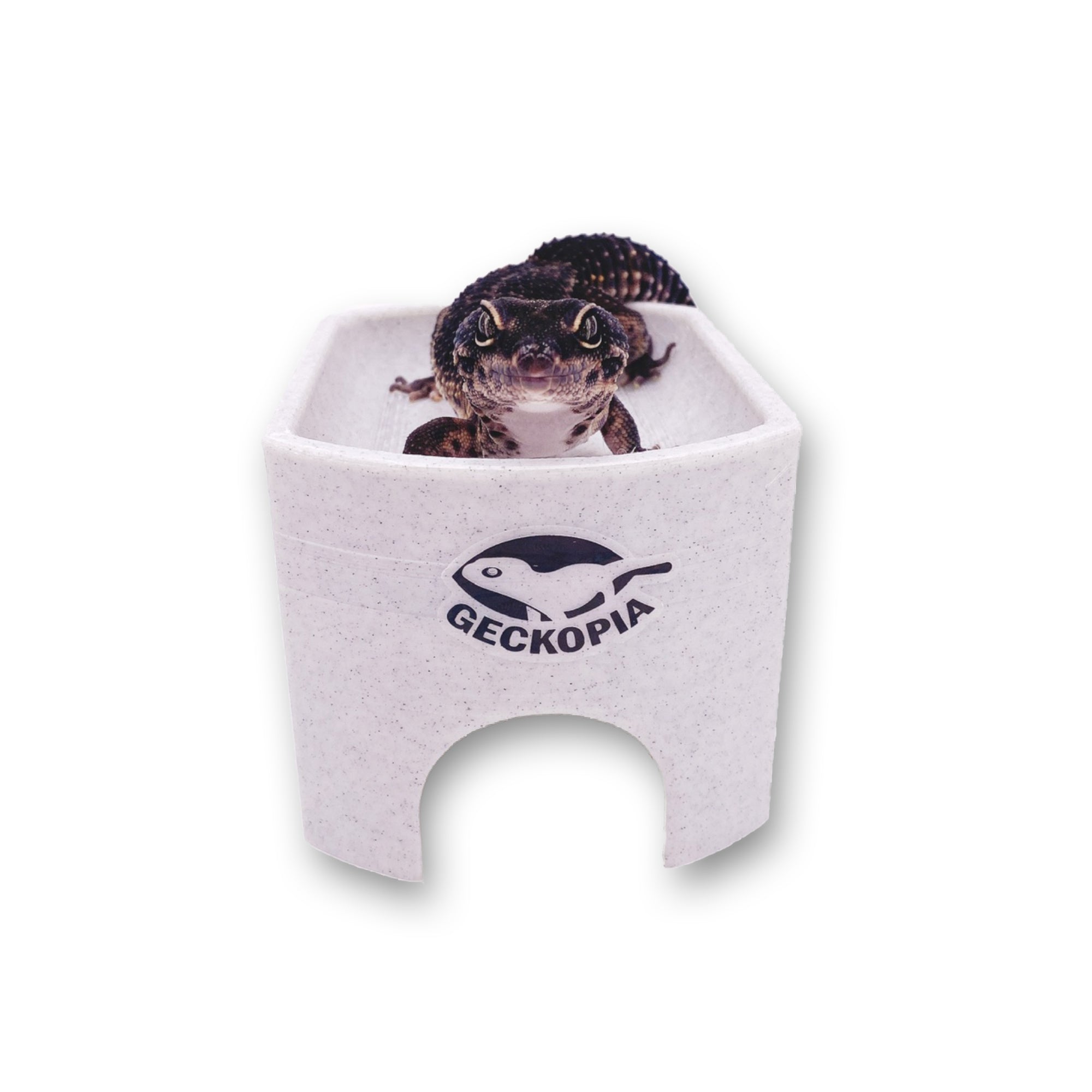
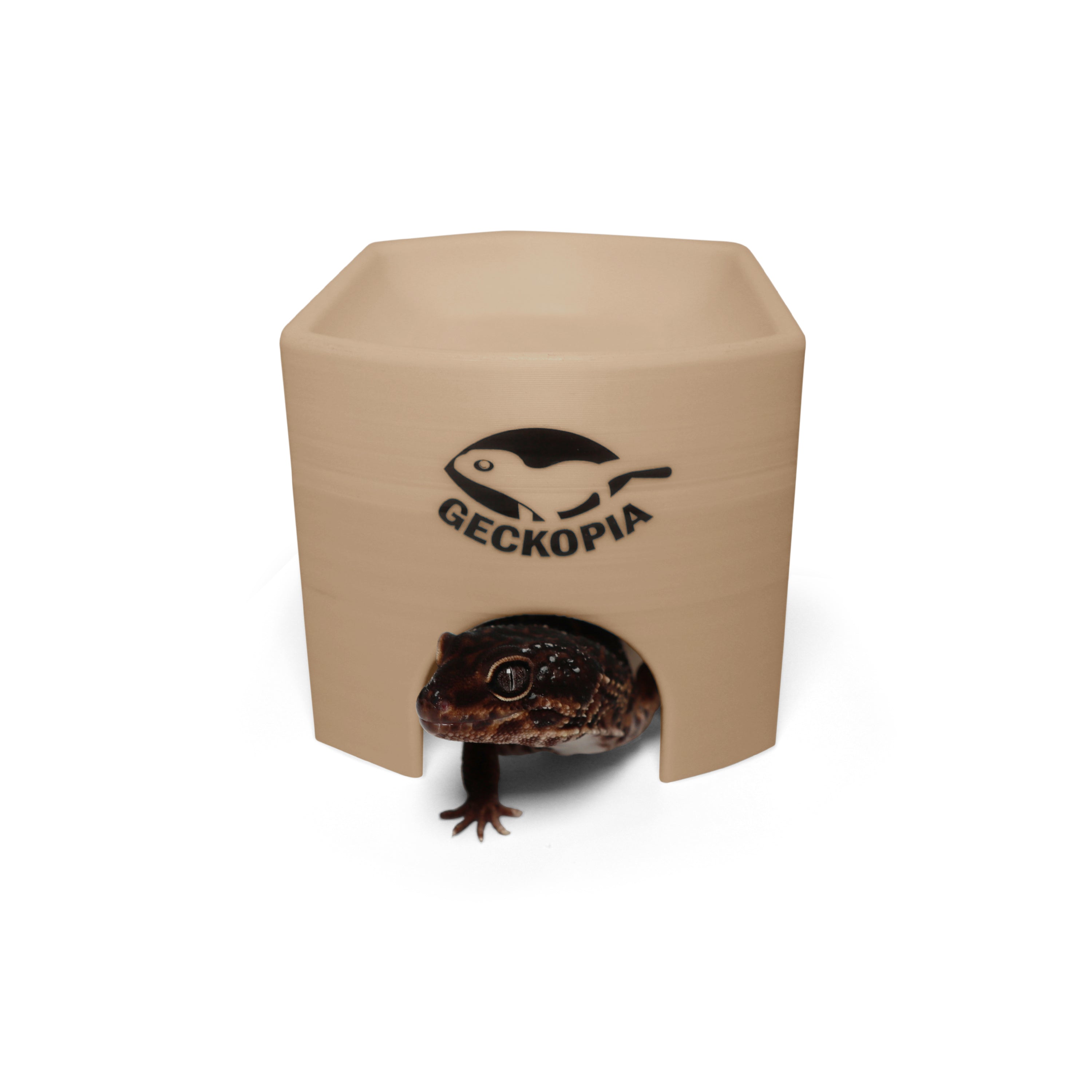
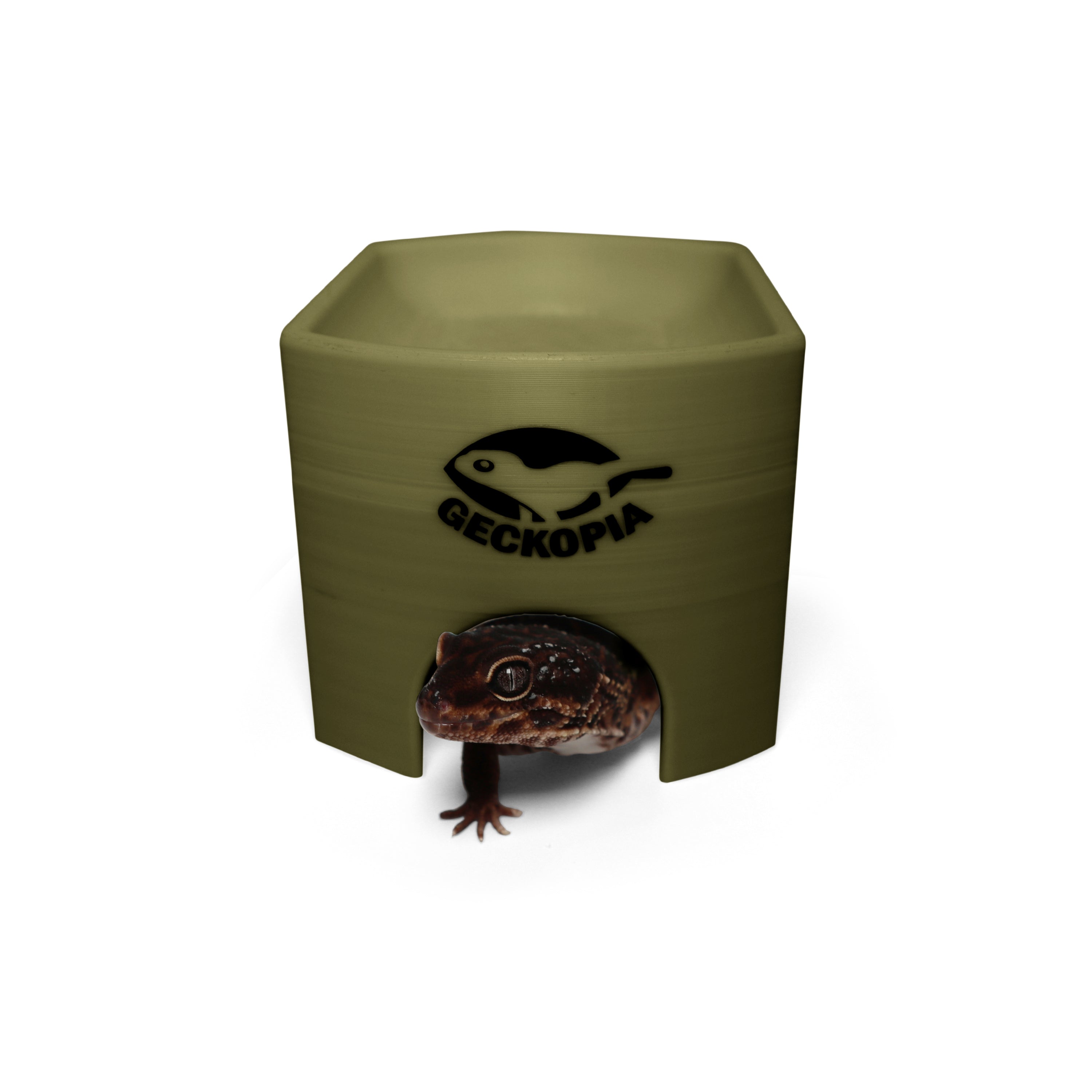
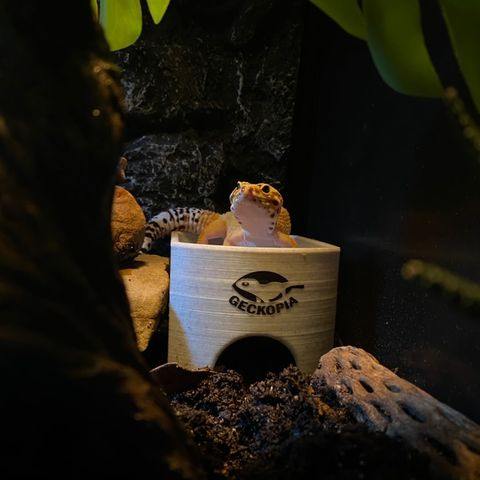
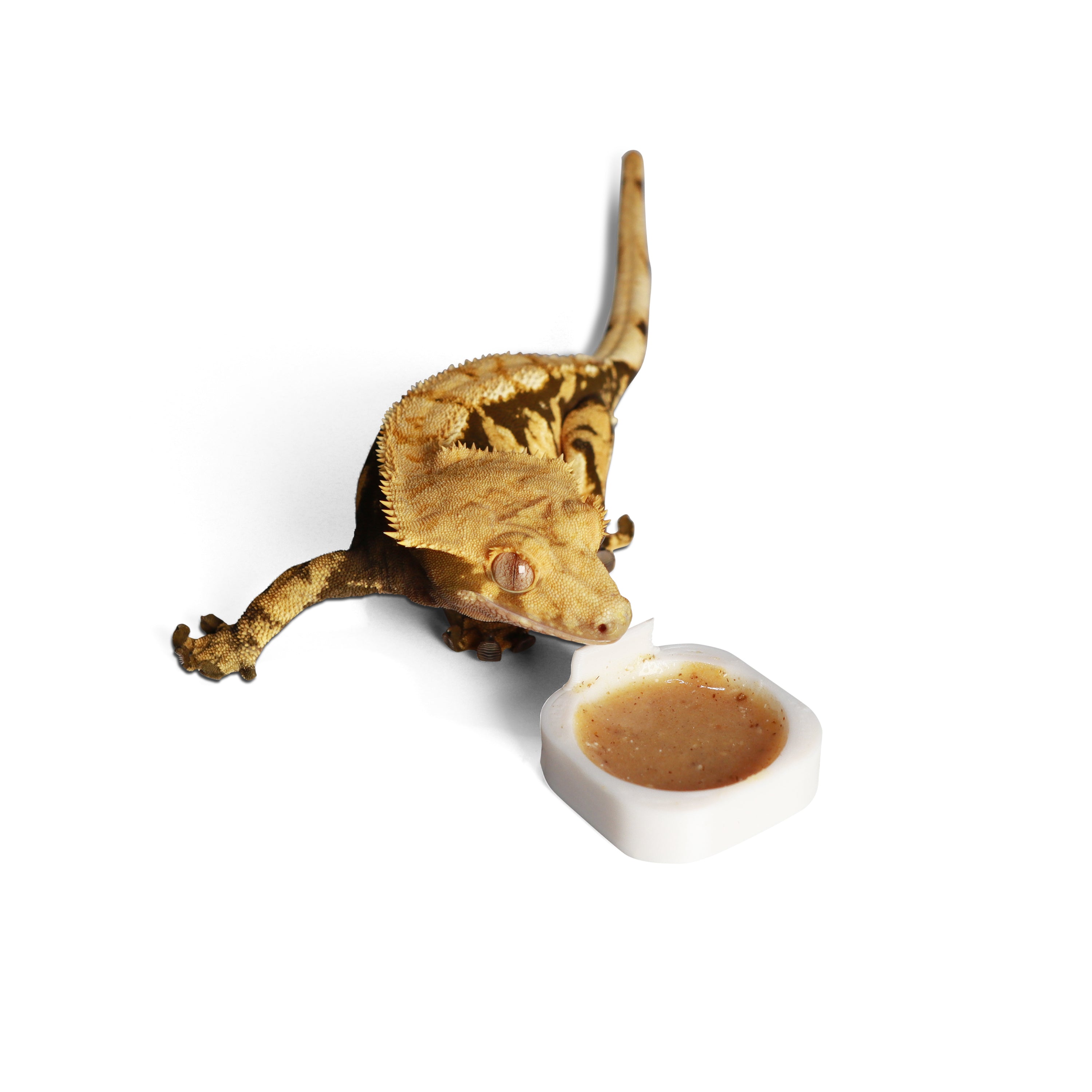
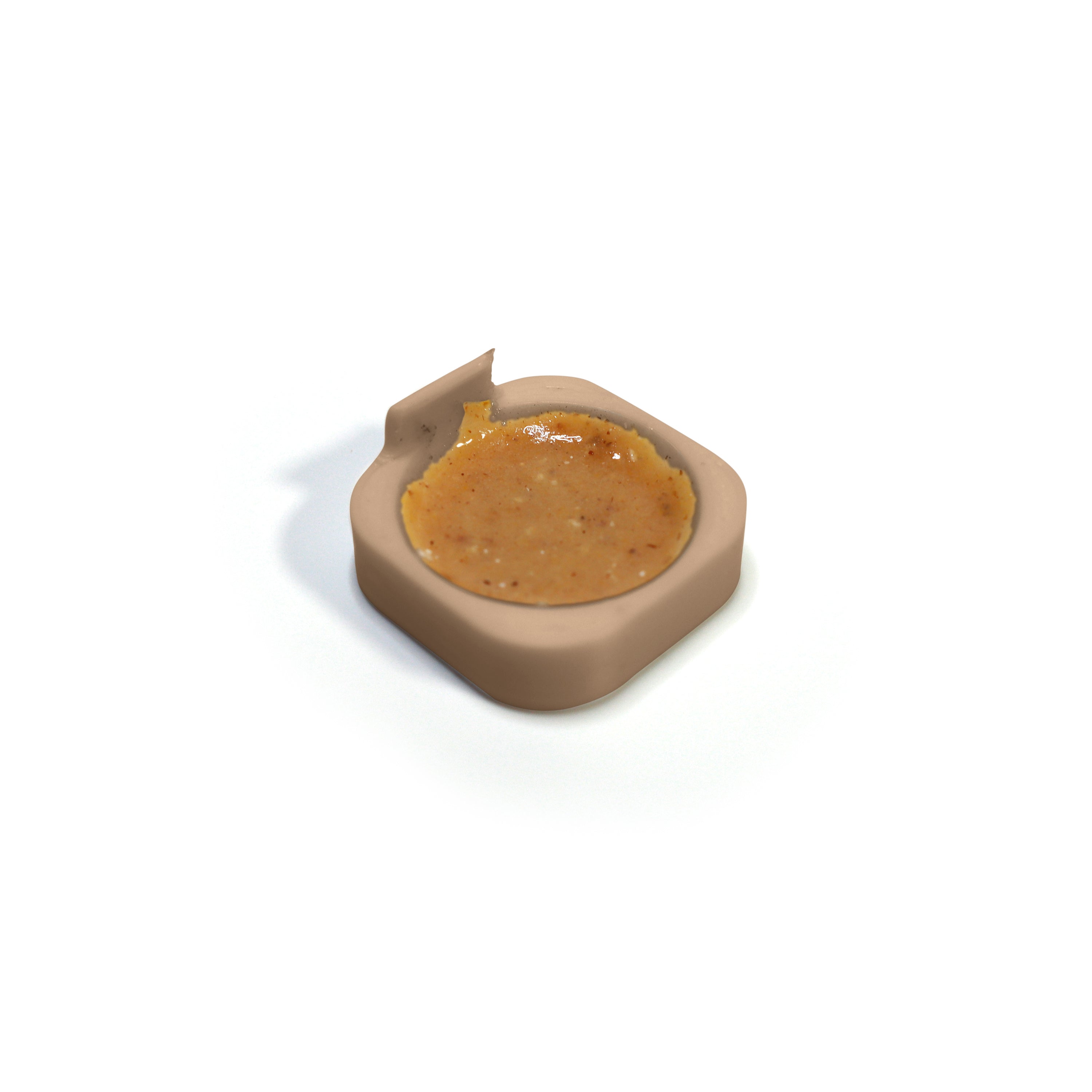
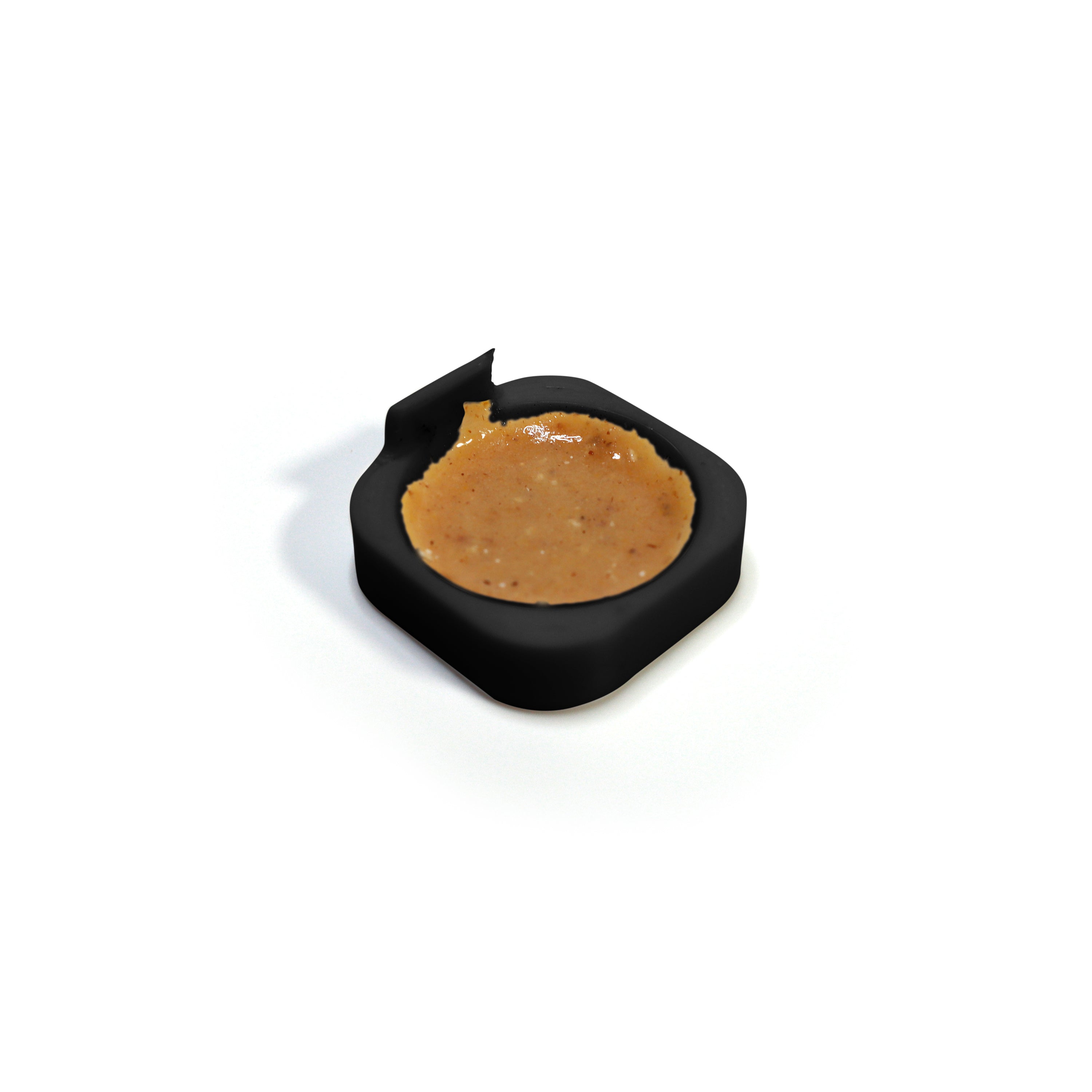
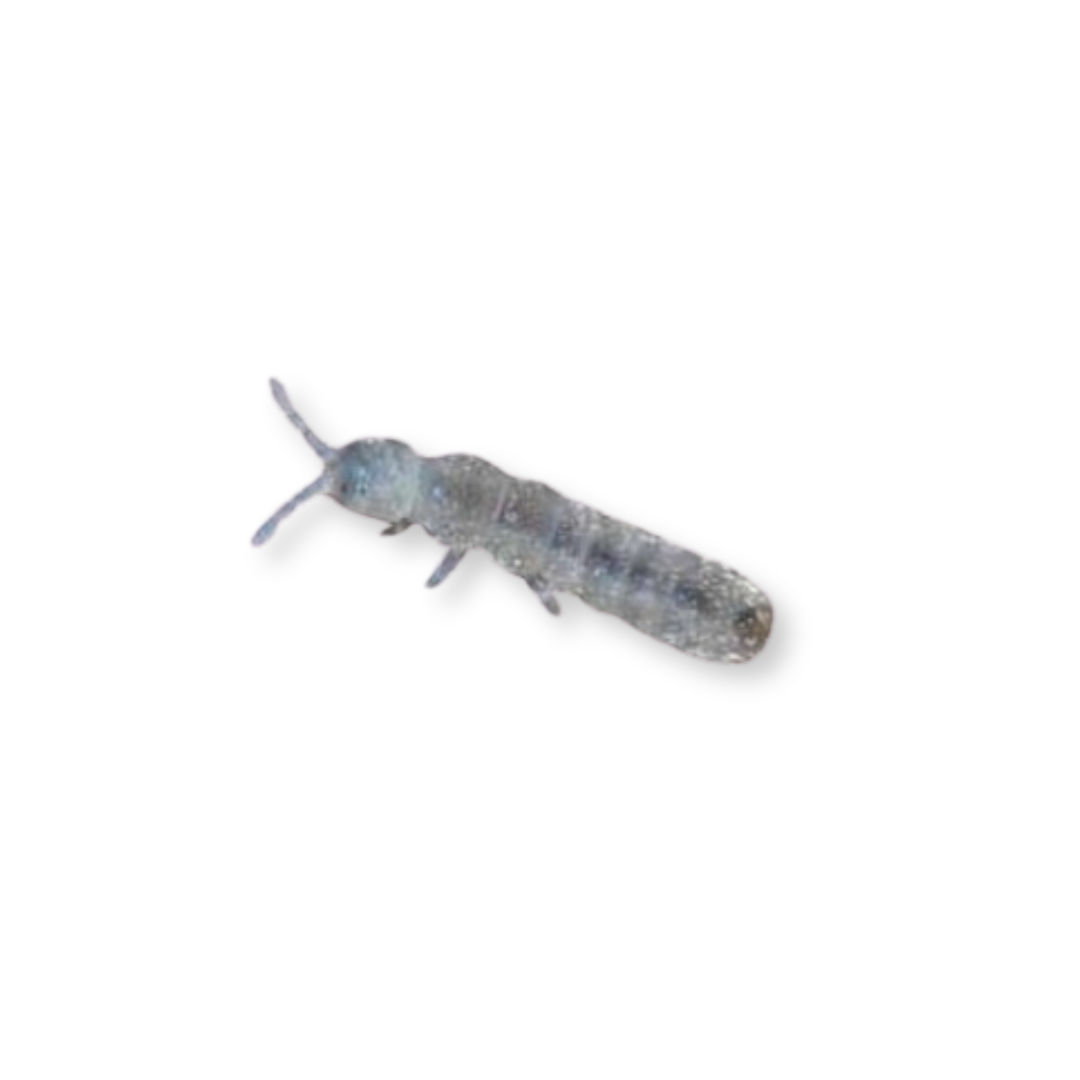
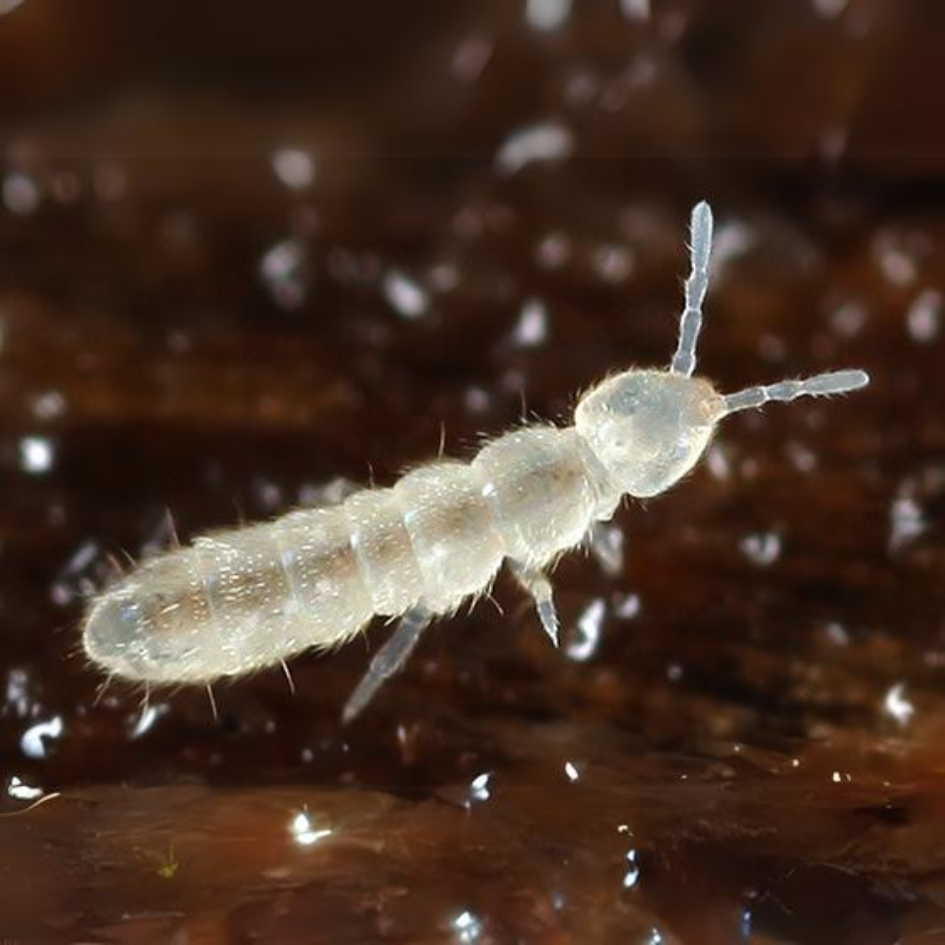
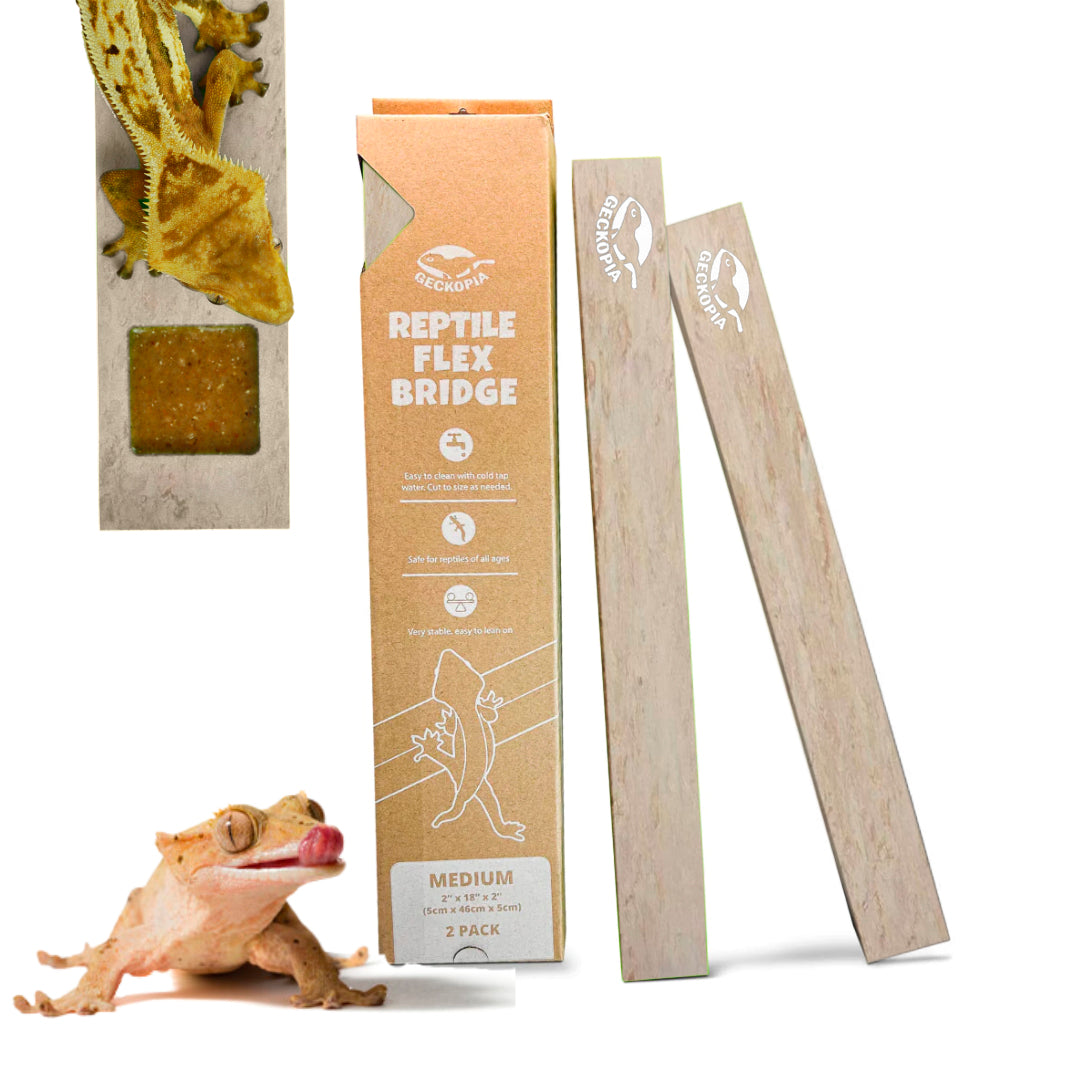

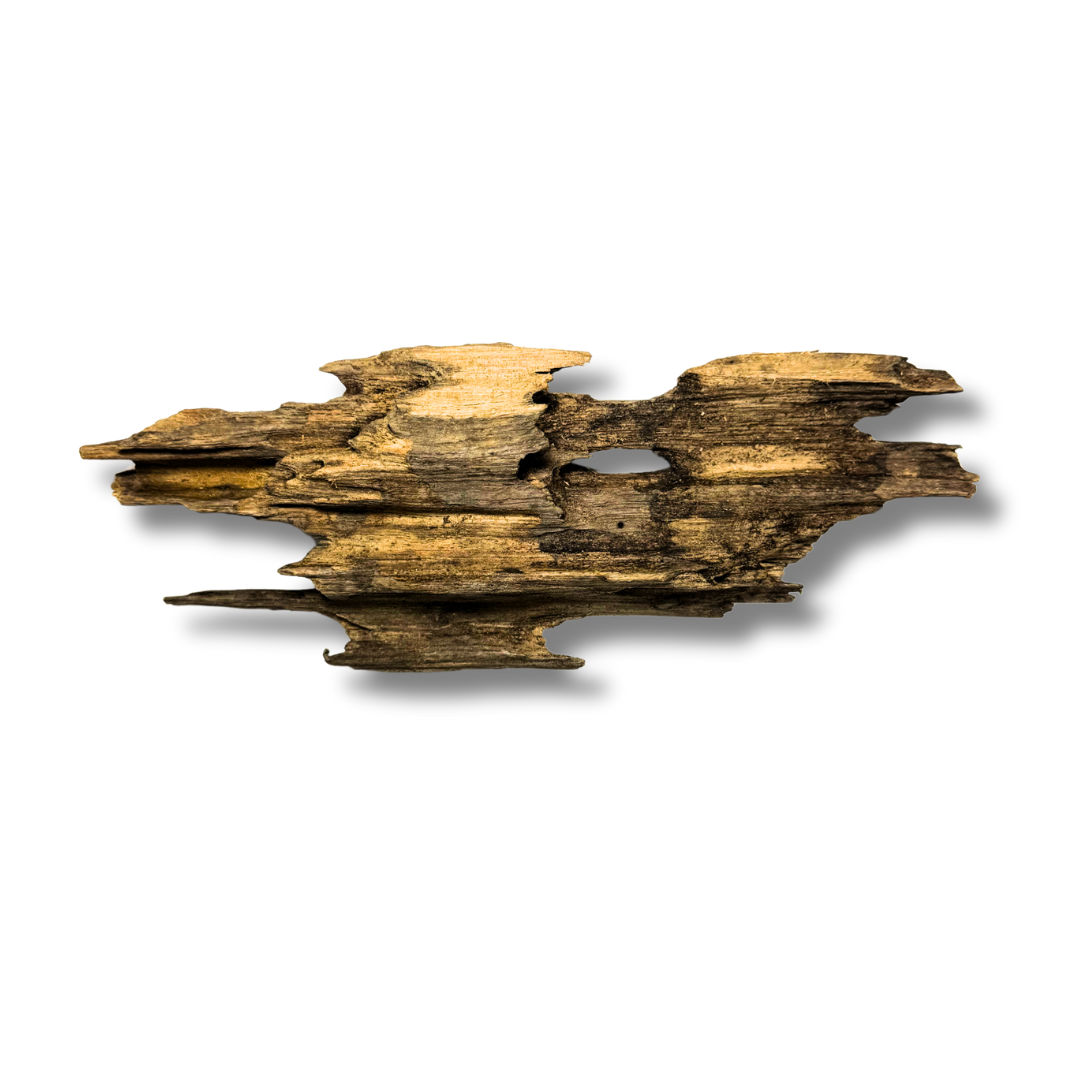
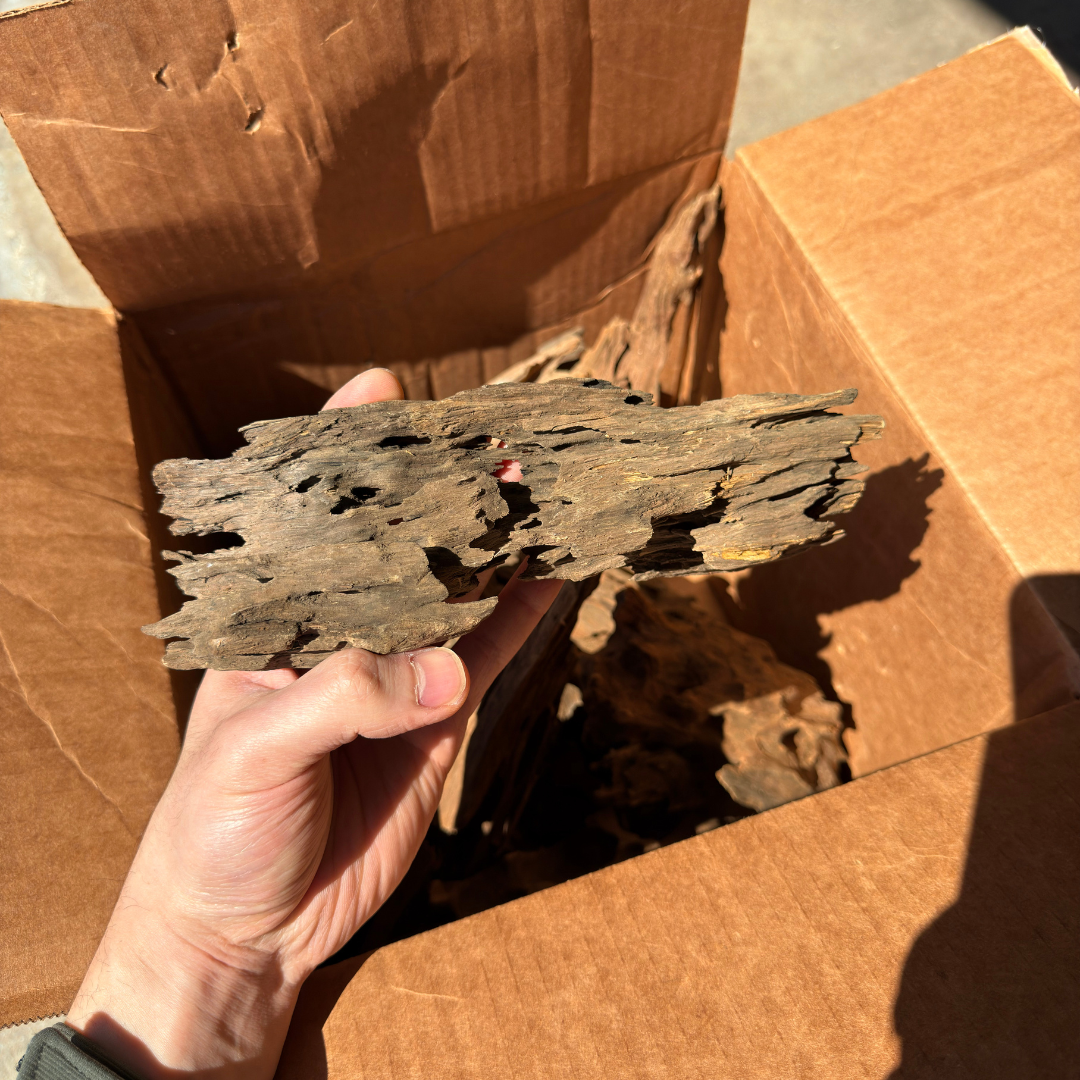
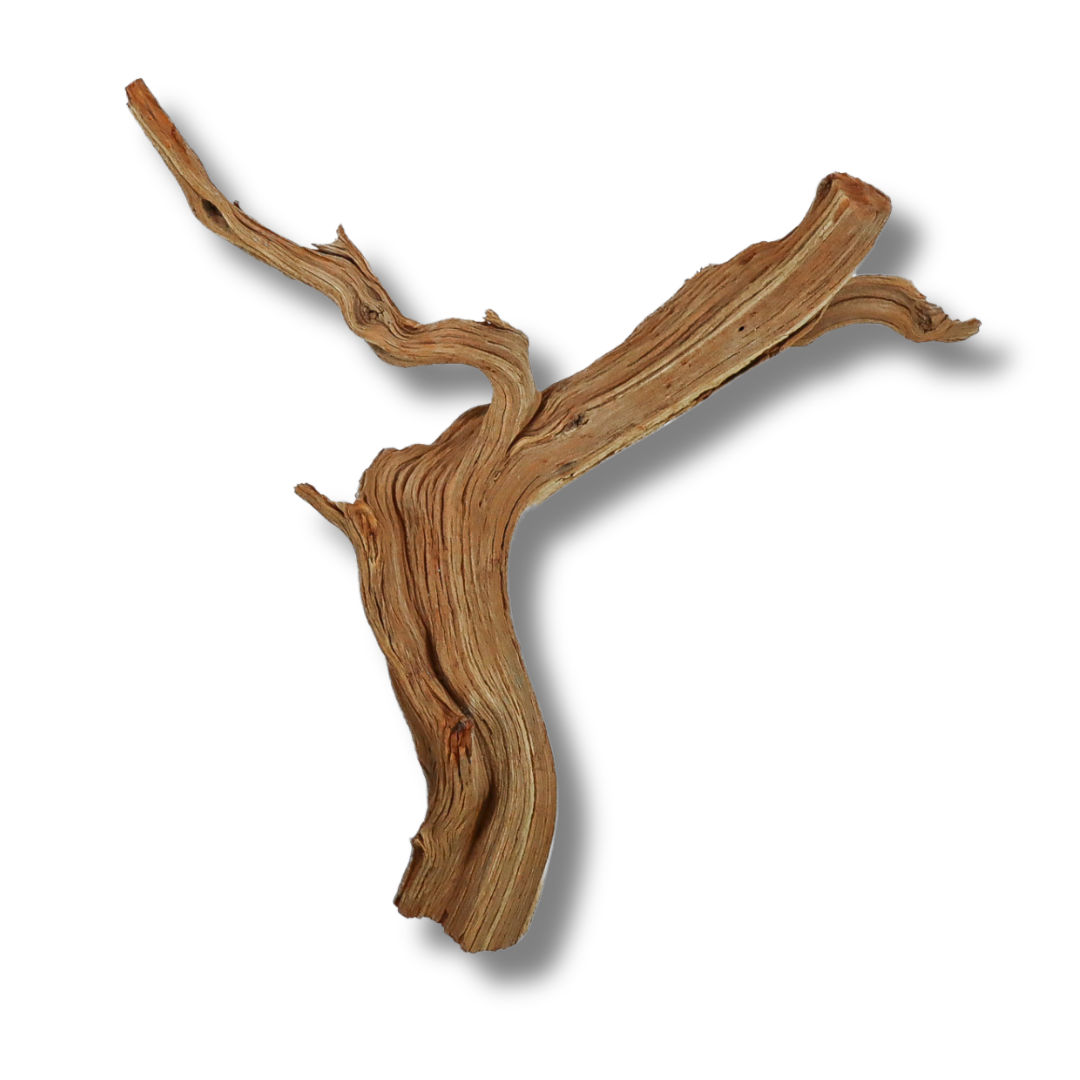
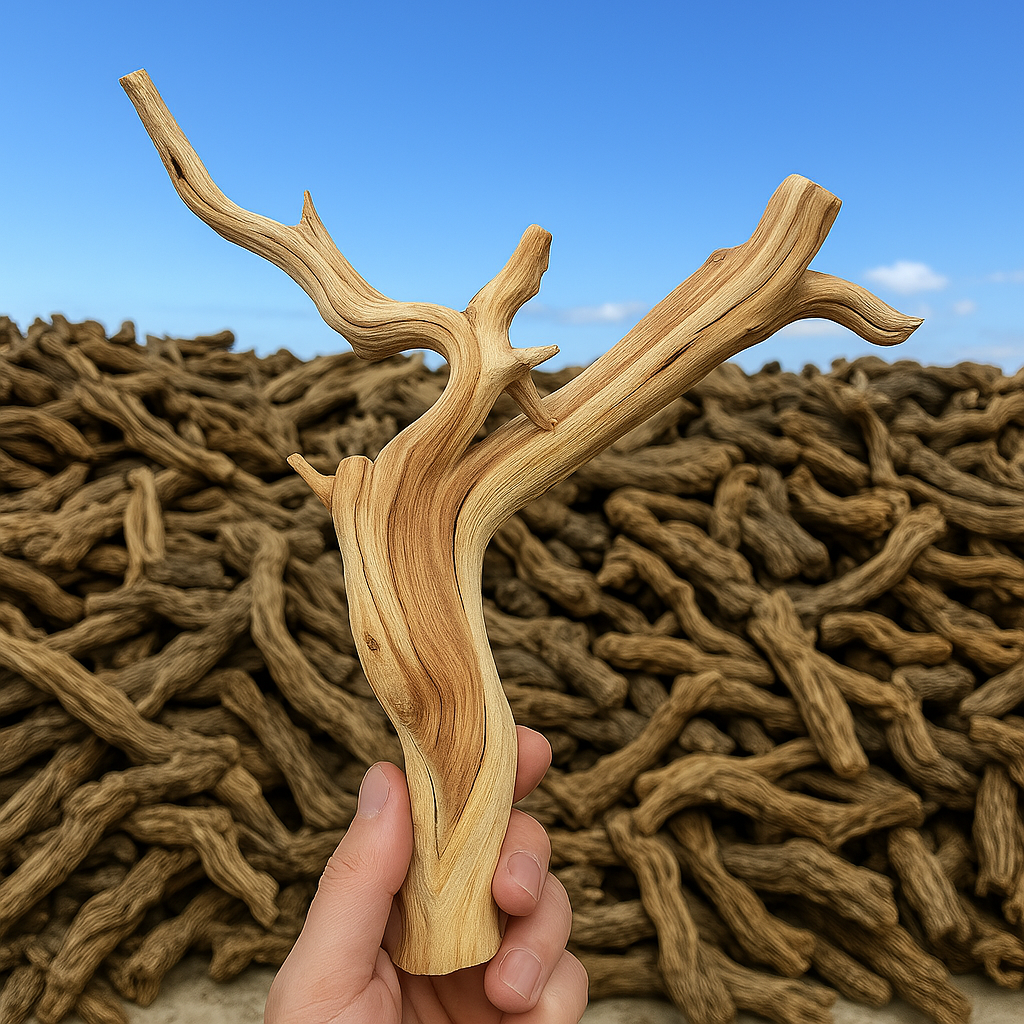
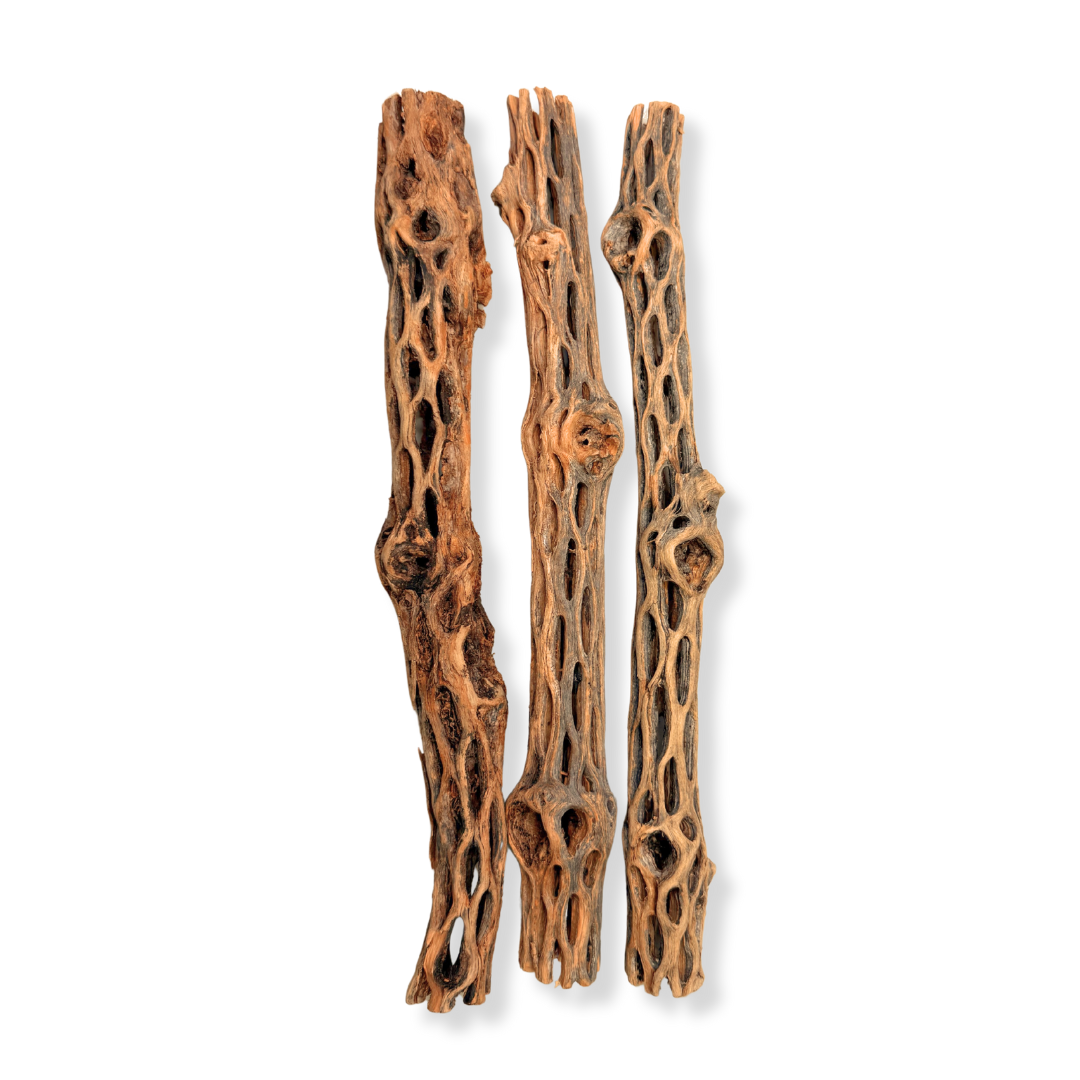
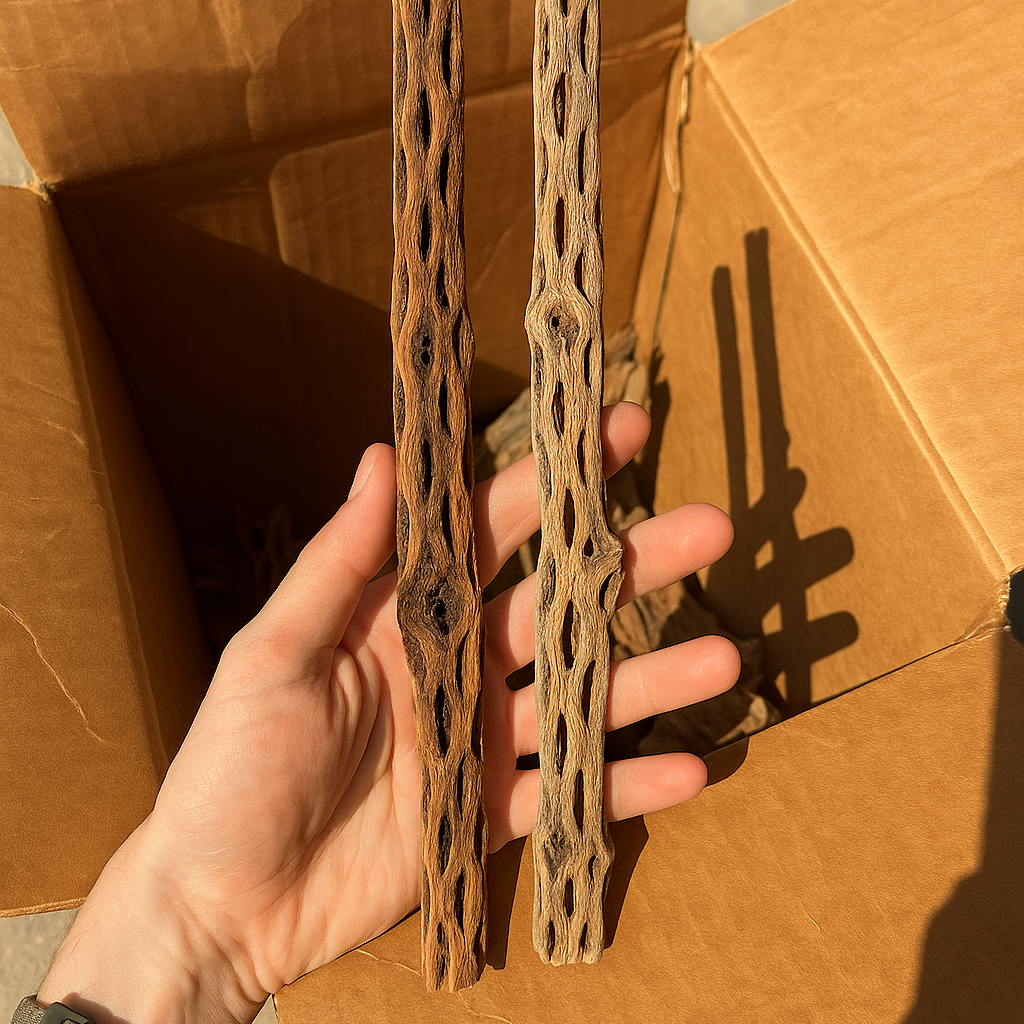
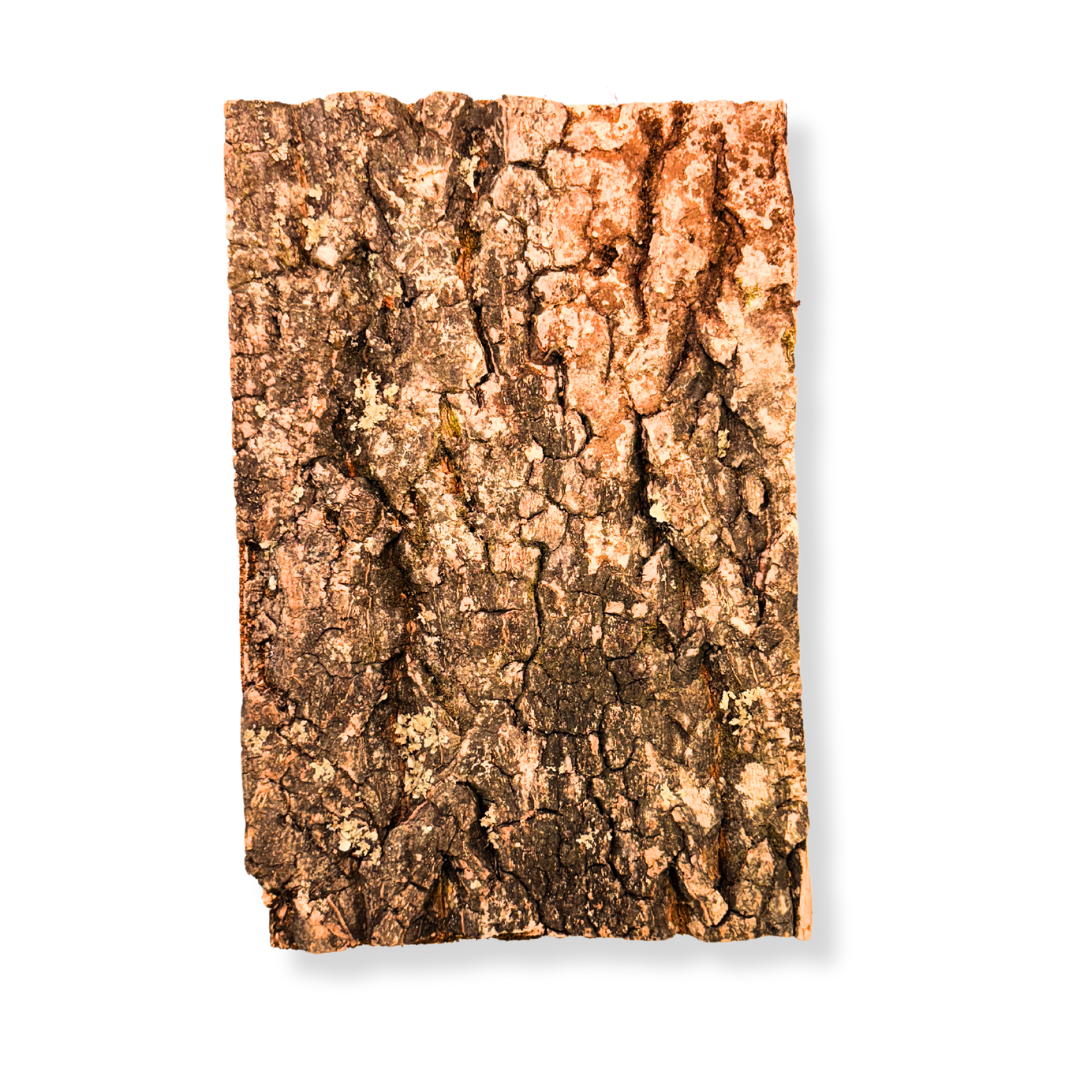
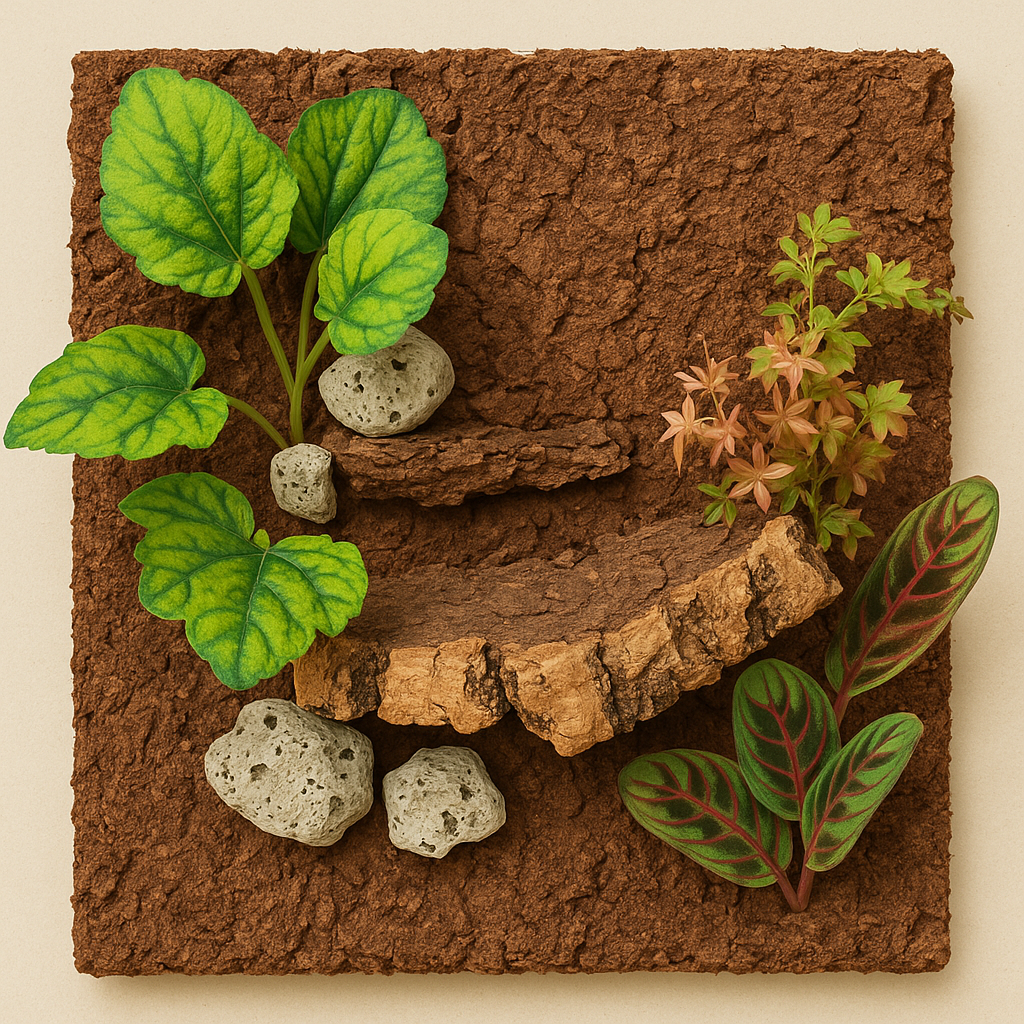
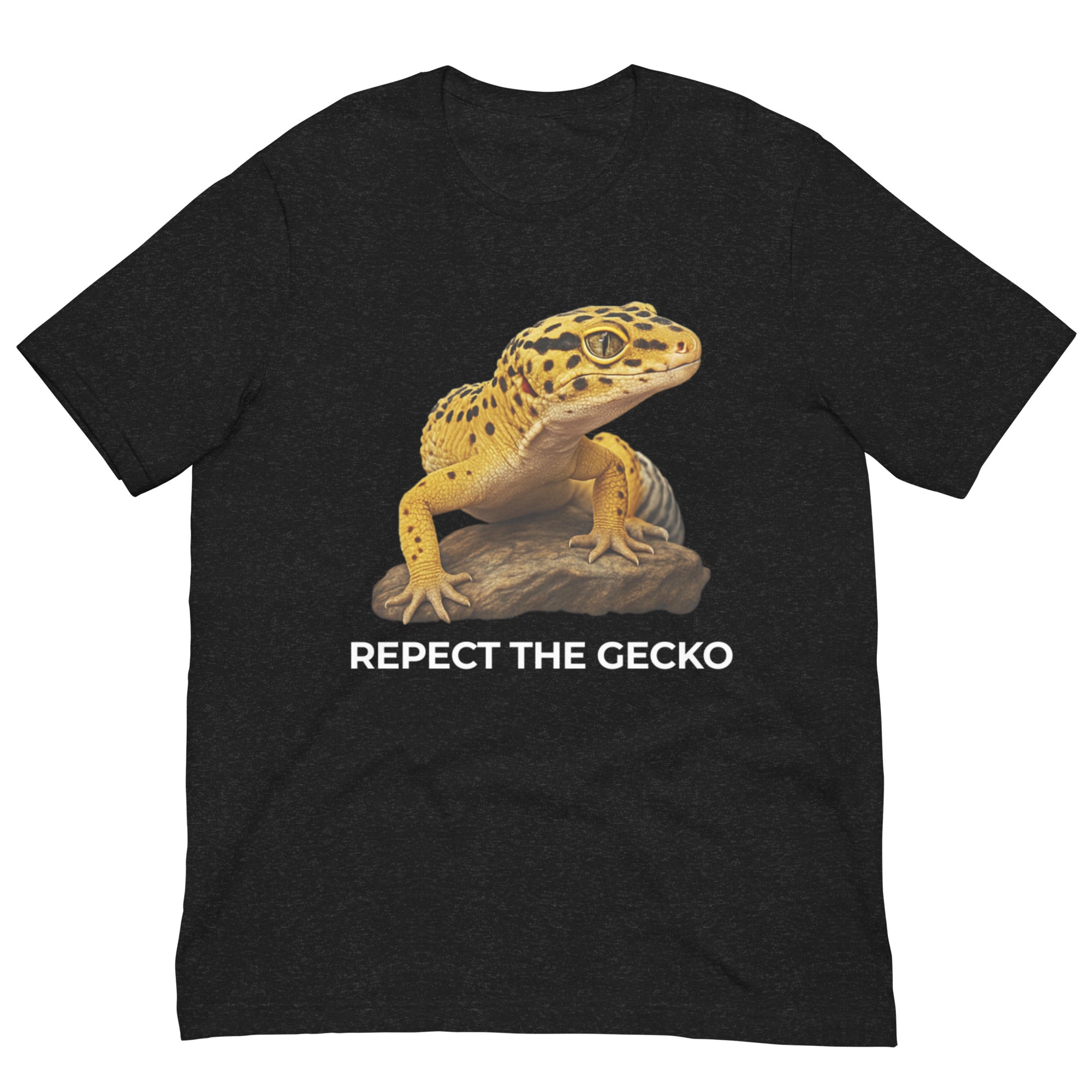
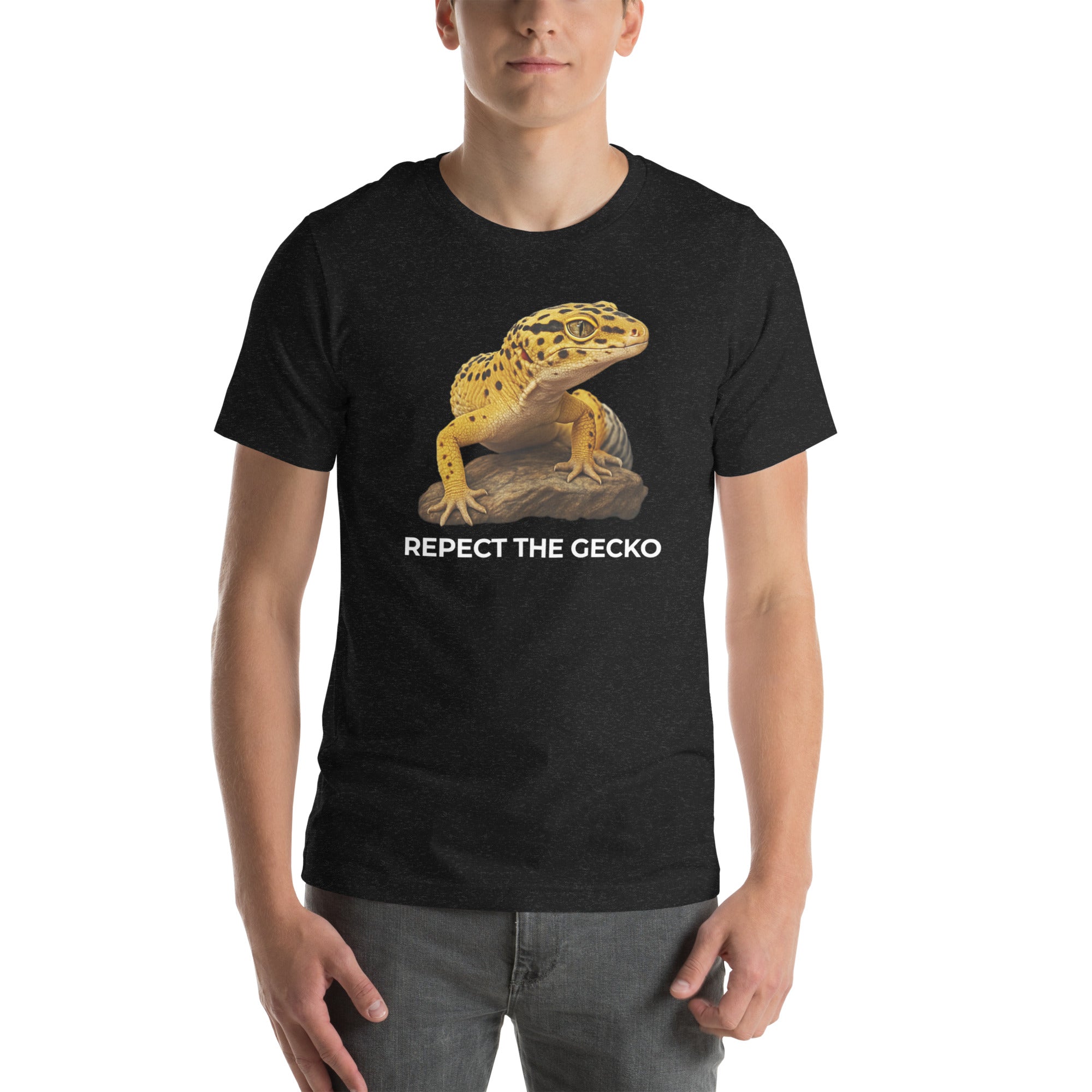
Leave a comment